|
Attention Orange Lake Guys: According to FWC website, beginning 1.25.2019 they will be spraying DIQUAT on, ORANGE, LOCHOLOOSA all week. Orange finally starting to show some improvement, healthy hydrilla in a few areas, and now this. #MyFWC, you guys and your "Science" is BULLSHIT !!! Using the #FWC "Waterbody Search Tool", the public can view the current workplan and schedule of operations for a particular waterbody.
The Current Aquatic Plant Control Workplan will specify the following:
Using the #FWC "Waterbody Search Tool" search results for Lochloosa Lake and Orange Lake as follows: Slideshare program: Screen captured select comments left on Scott's Facebook blog post. TRADE OR OTHER NAMES
REGULATORY STATUS
INTRODUCTION
ACUTE TOXICITY
CHRONIC TOXICITY
Reproductive Effects
Teratogenic Effects
Organ Toxicity
Fate in Humans and Animals
Effects on Birds
Effects on Aquatic Organisms
Effects on Other Animals (Nontarget species) Cows are particularly sensitive to the toxic effects of this material Breakdown of Chemical in Soil and Groundwater
Breakdown of Chemical in Water
Breakdown of Chemical in Vegetation
PHYSICAL PROPERTIES AND GUIDELINES
Extoxnet DIQUAT Solid 7, on Bryan Heaberlin spook on Orange Lake. Note large petruding tumor and large number of tumors on the other side of fish. This makes the second large Orange Lake fish with totally unnatural sores. Herbicide spraying connection?? This is a slideshare of screen captures. Credit linked to screen capture. What spraying is going on in your area? click here TRADE OR OTHER NAMES
REGULATORY STATUS
INTRODUCTION
ACUTE TOXICITY
CHRONIC TOXICITY
Reproductive Effects
Teratogenic Effects
Organ Toxicity
Fate in Humans and Animals
Effects on Birds
Effects on Aquatic Organisms
Effects on Other Animals (Nontarget species) Cows are particularly sensitive to the toxic effects of this material Breakdown of Chemical in Soil and Groundwater
Breakdown of Chemical in Water
Breakdown of Chemical in Vegetation
PHYSICAL PROPERTIES AND GUIDELINES
Extoxnet DIQUAT
Video by Joanna MaGrath will cover via audio Scott Wilson's
blog post, break it down and add information of education. Did you know i-Cide means i-Kill? ?!? Time to END the Killing ?!?
Hydrilla has continually become immune to chemicals by Scott Wilson
Thru 40 years of chemical spraying to attempt irradication of Hydrilla , Hydrilla has continually become immune to chemicals used requiring a huge step up in active doses of "Sonar" used until the early 2000's. It became immune to even higher doses so IFAS, FWC,FAMPS switched to "Endothol". Now stronger doses of this chemical used in conjunction with "Diquat" are not doing the trick. So the State now has approved this chemical "ProcellaCOR" to treat hydrilla. Look at testing about ten pages in, this garbage although they say: water is drinkable day of treatment, this stuff TOTALY EVAPORATES hydrilla in 24 hours, but safe for the environment?? I think every FWC director, IFAS scientists, DEP supervisor,and every FAPMS board member should be made to enjoy a tall cool glass of water at recommended dilutions to be sprayed across Florida RANT OVER
Sonar (Google Search)
Endothol (FWC: Endothall acid) (Endothall)
ProcellaCOR
Notes:
What does the University of Florida IFAS Extension say about "Pesticides".............
What Herbicides are approved to apply in Florida's water?
This is a Yearly Report by FWC. The information below I pulled from this report.............
Slideshare Presentation (click the arrow to see each frame)
Federal Register... The Importance of "Checking it".
(This is a Slideshare Presentation of Florpyrauxifen-Benyl)
Which EPA Agency Regulates Pesticides for Florida . . .
(The Importance of Researching the EPA Regarding
Pesticide Registration, Label, Research, and Data)
Continue reading this blog click here
|
Scott Wilson
blog
|
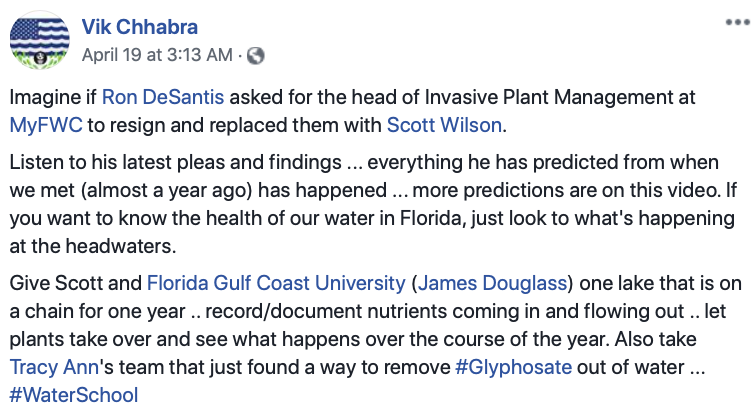
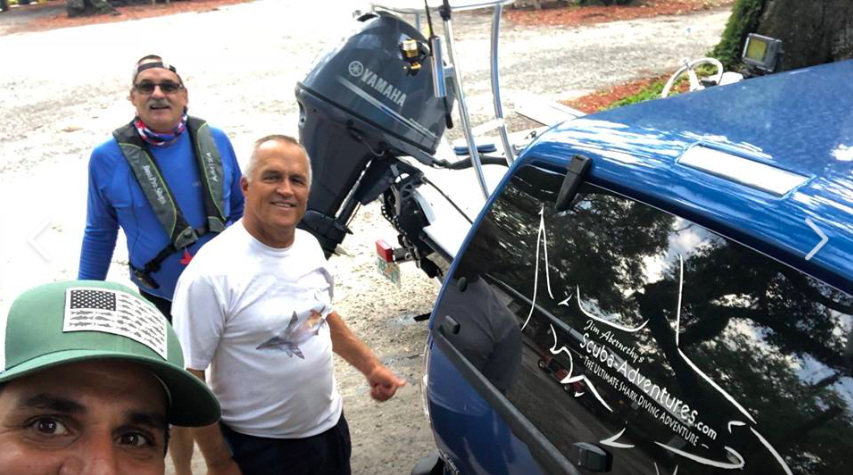


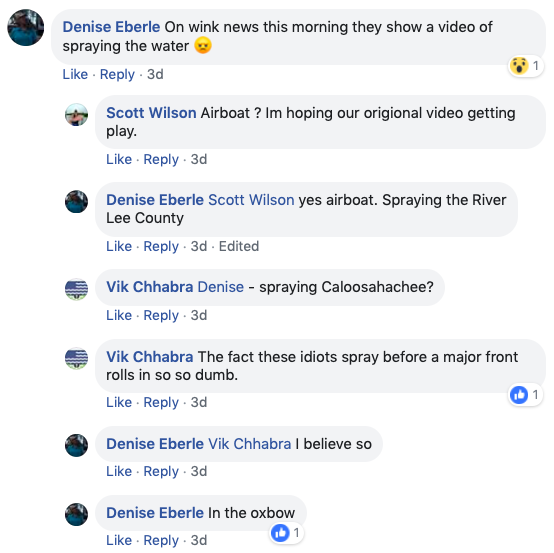

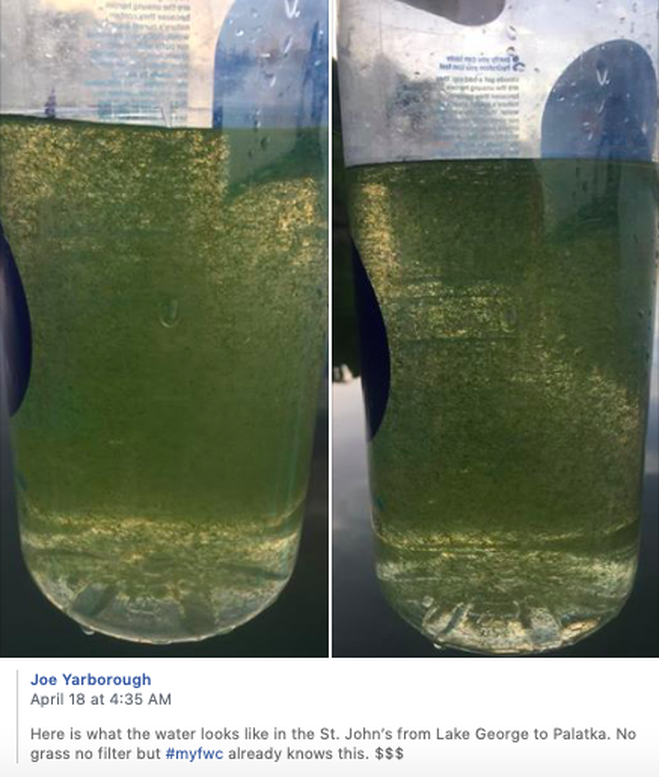
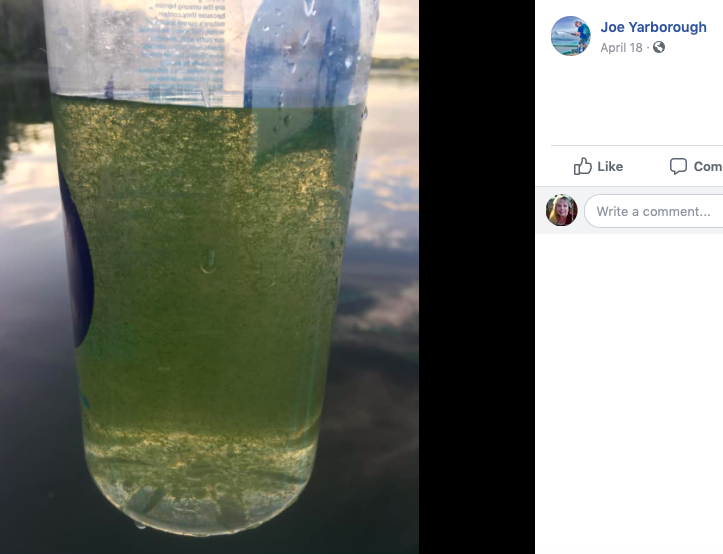
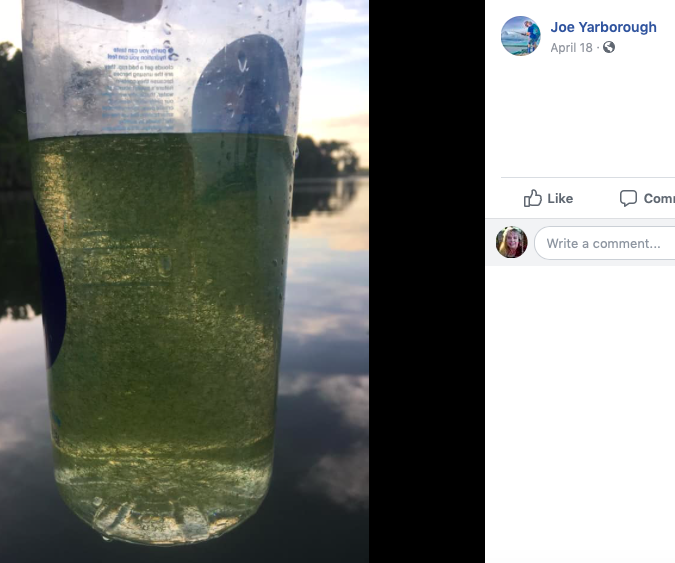

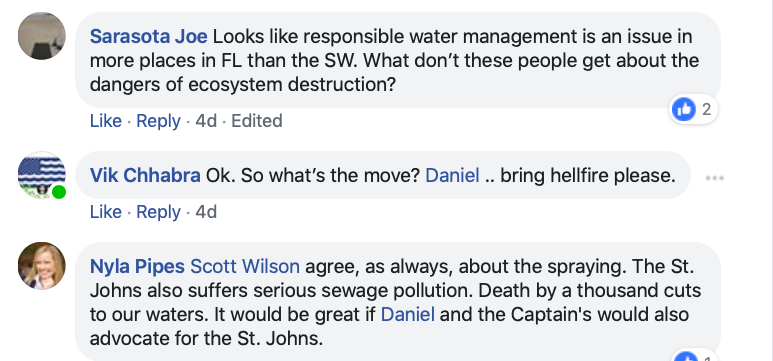
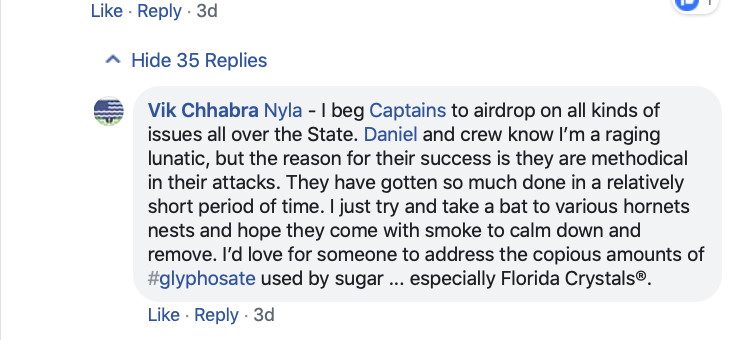

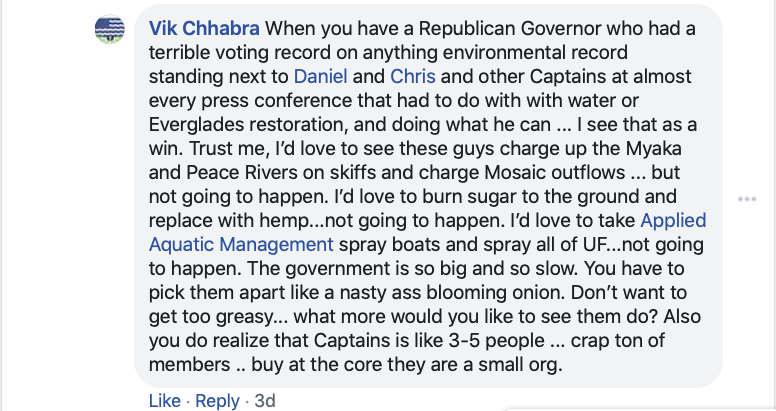






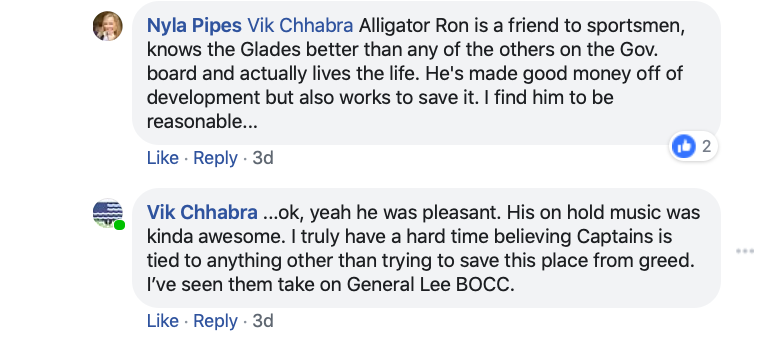


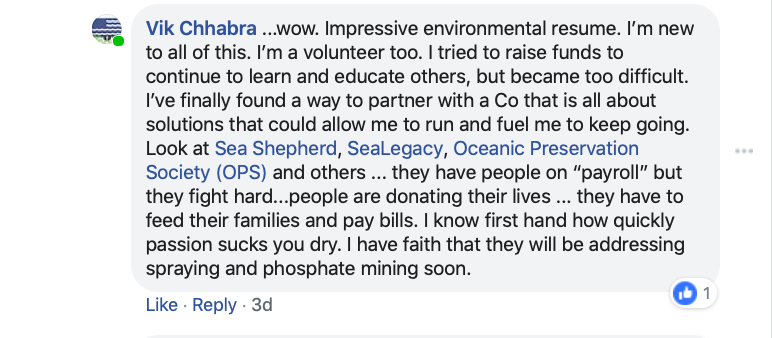



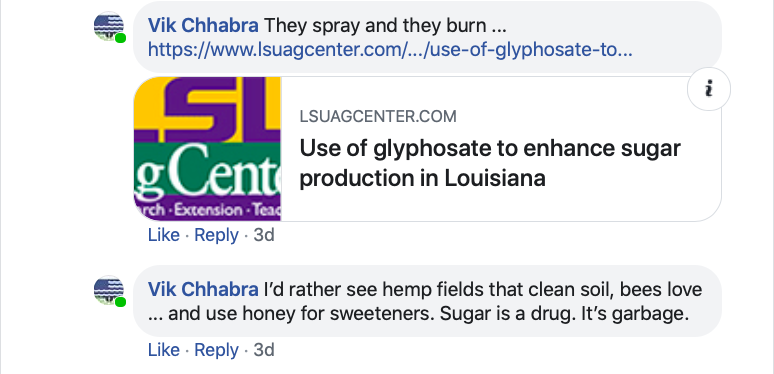




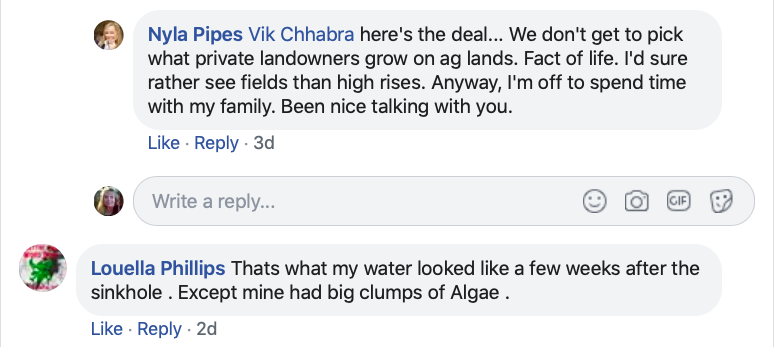
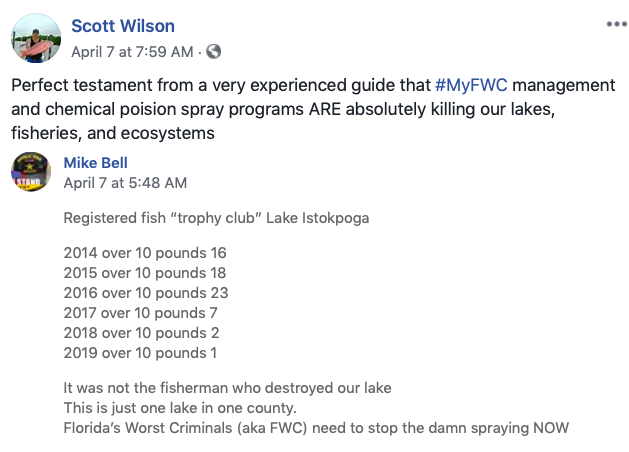
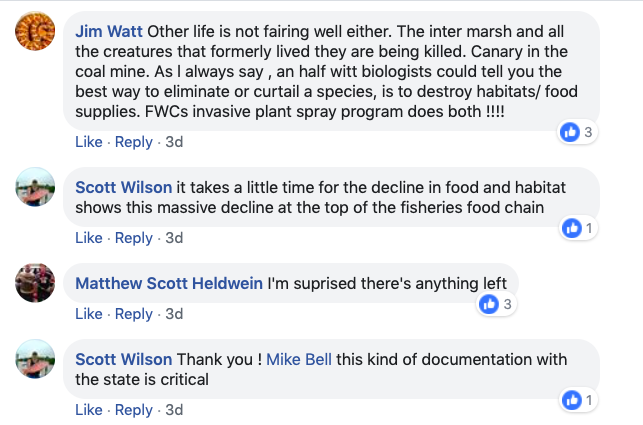
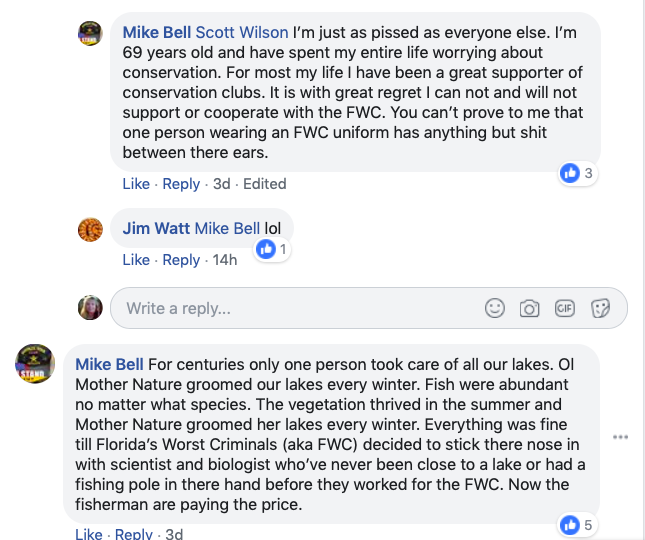
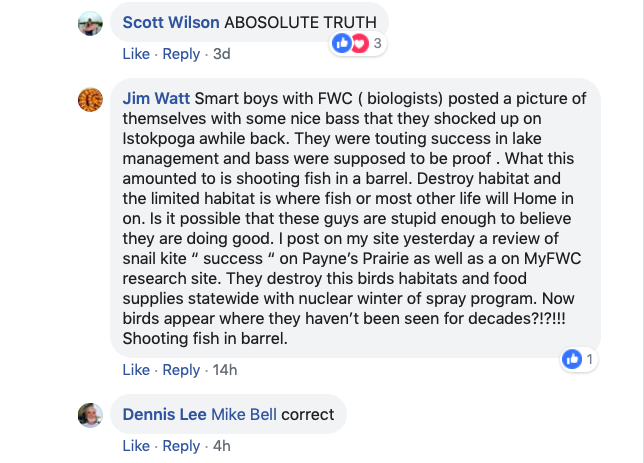
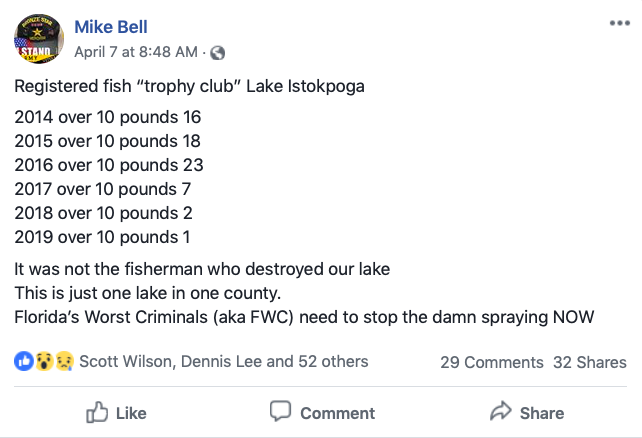
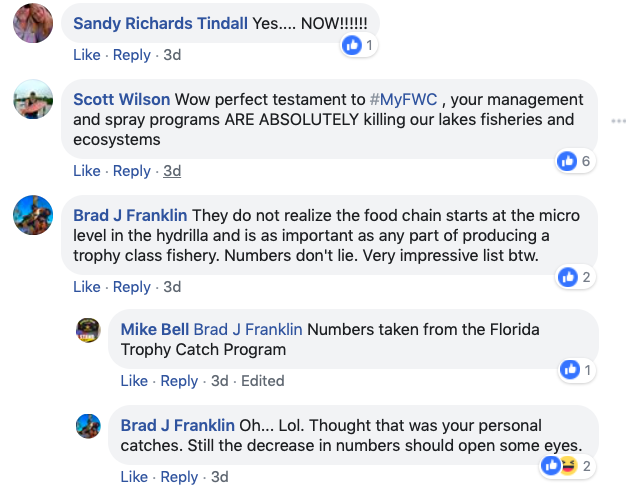
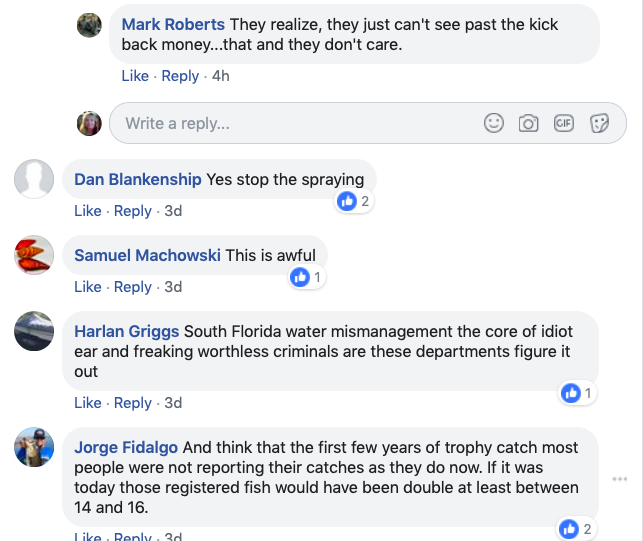
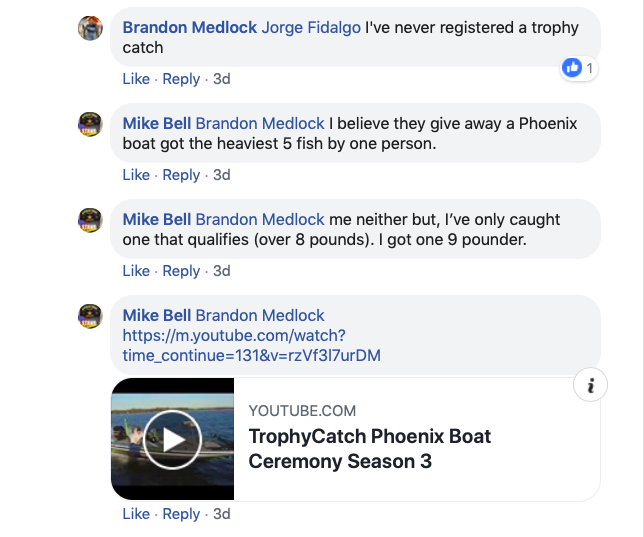
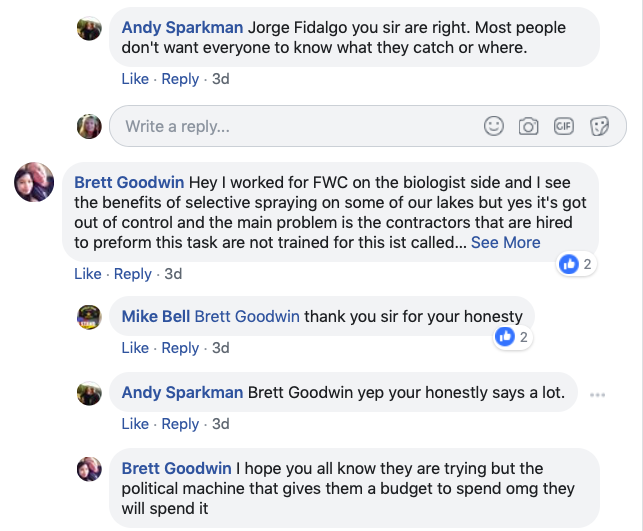
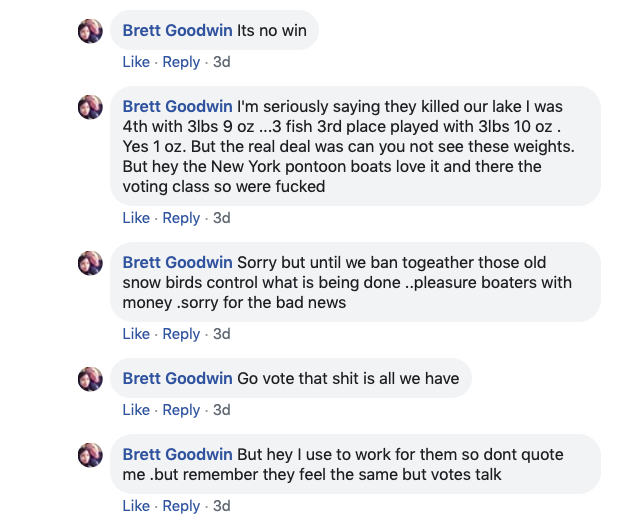
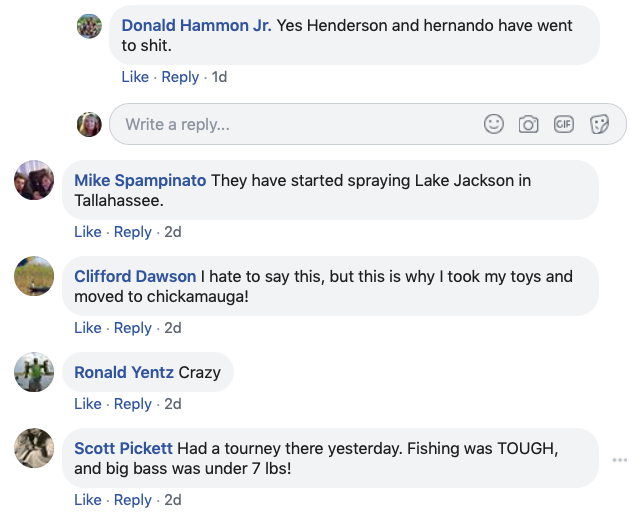

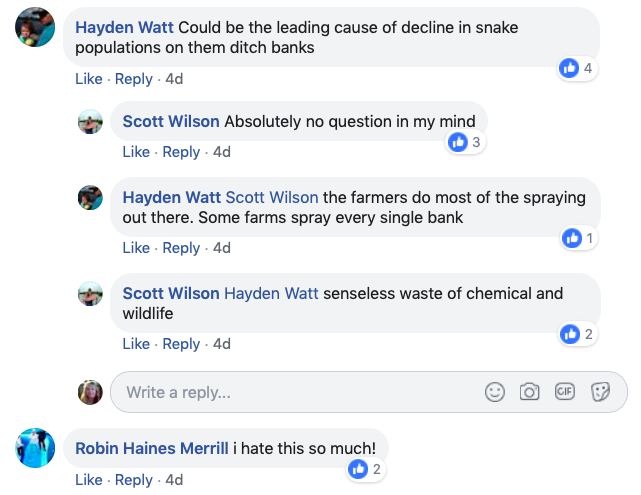
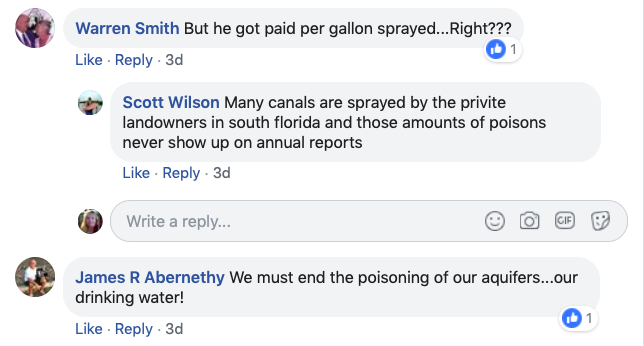
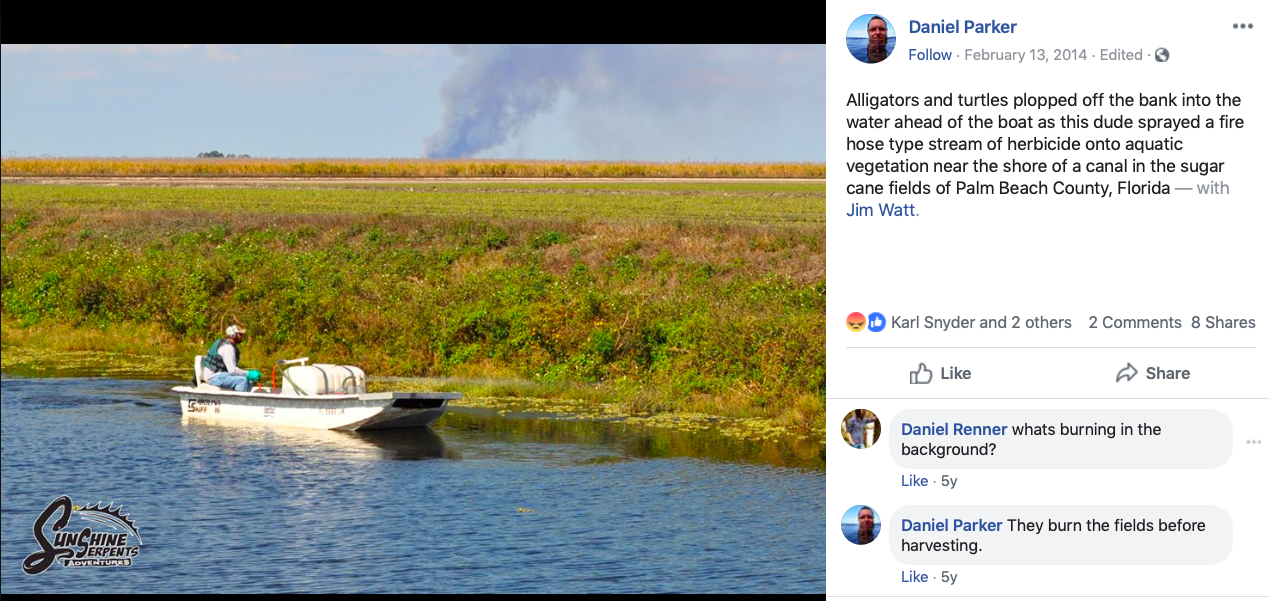








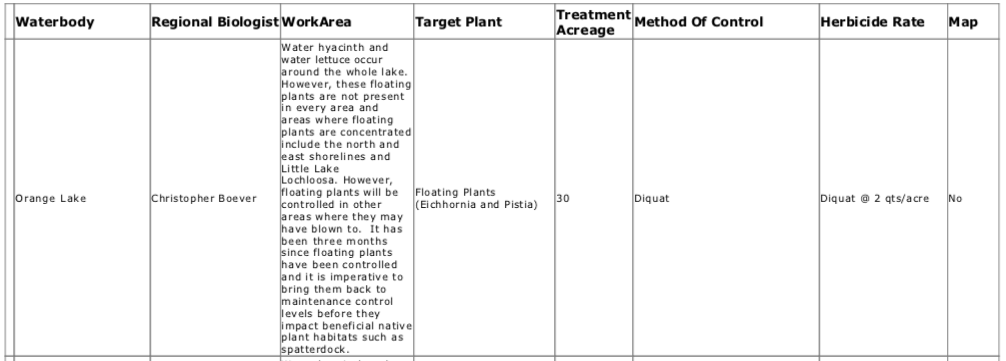








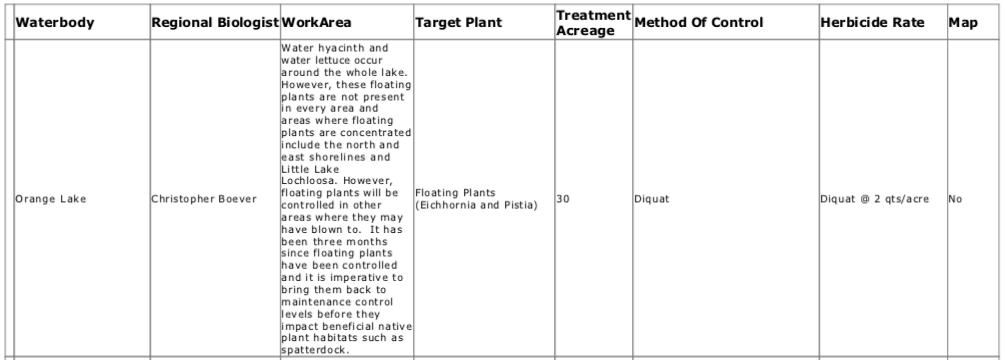






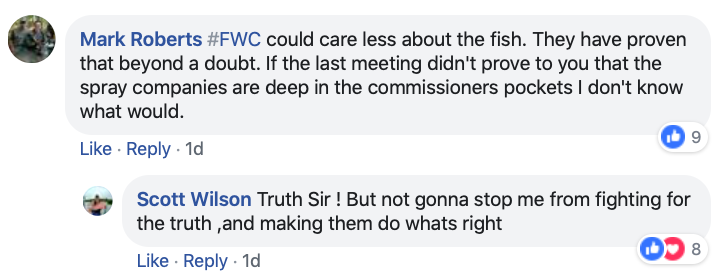


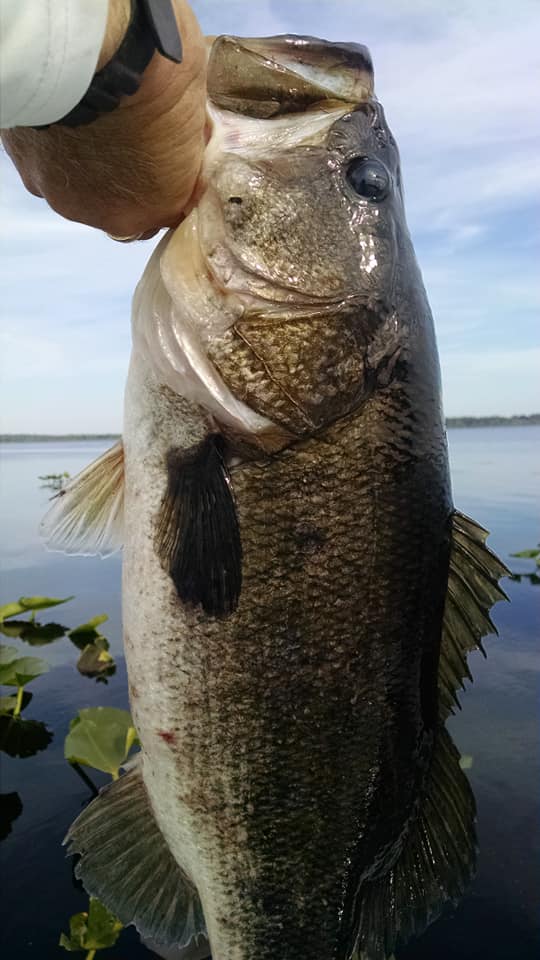
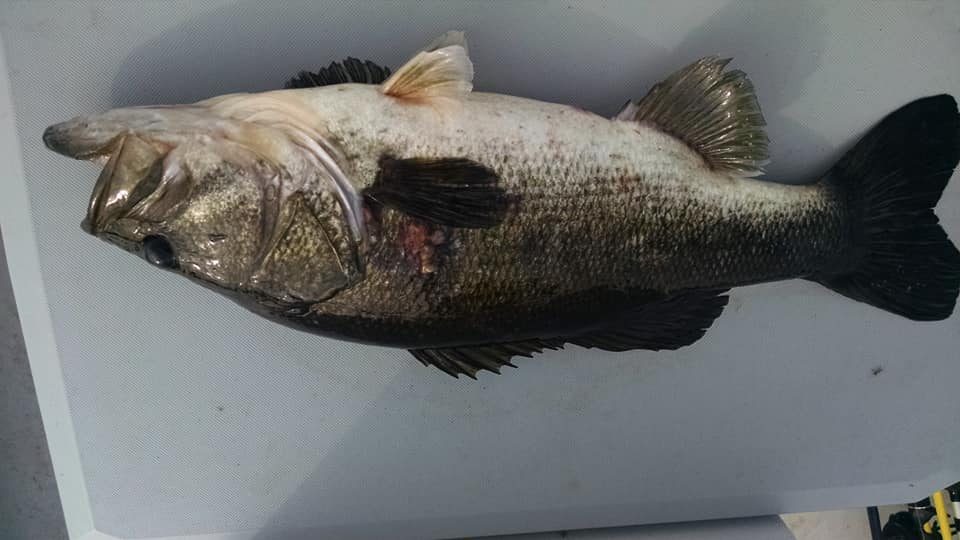
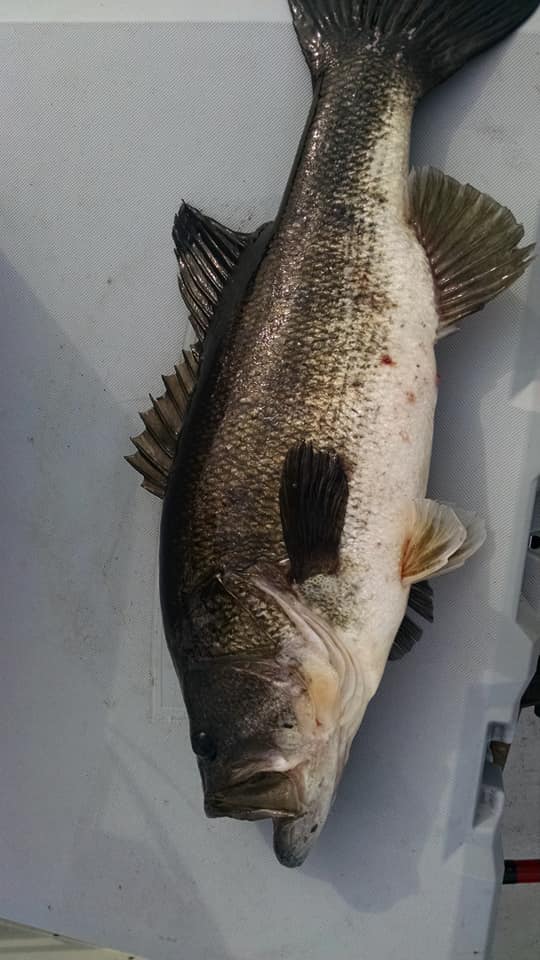
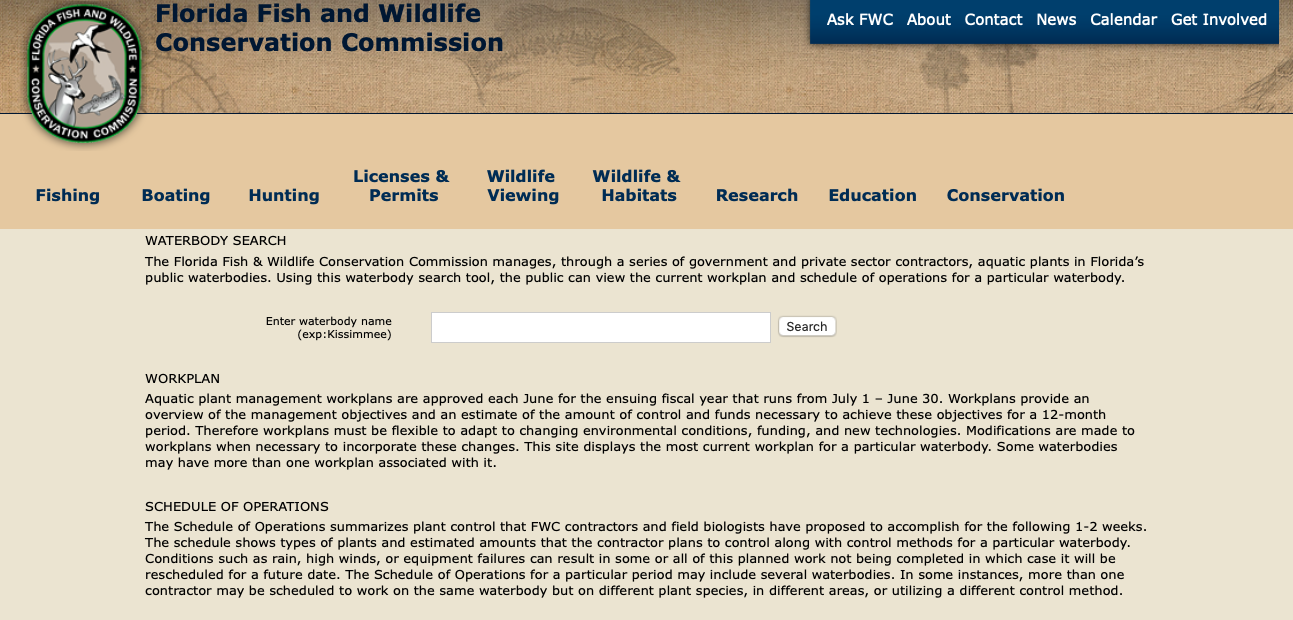
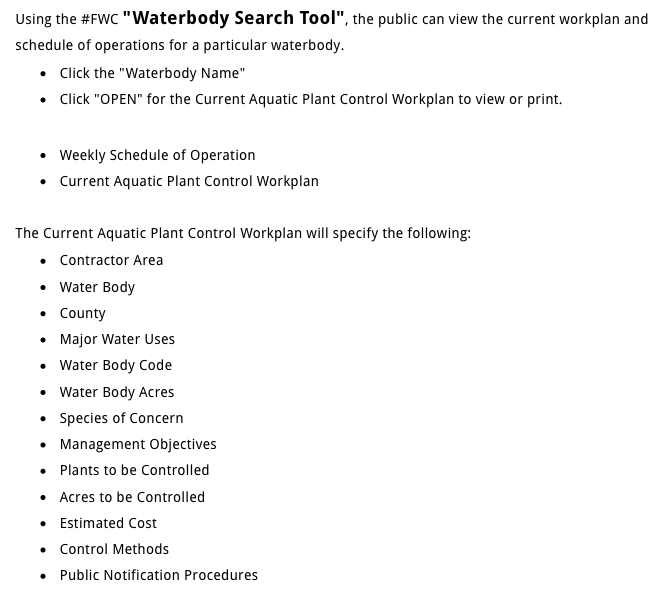

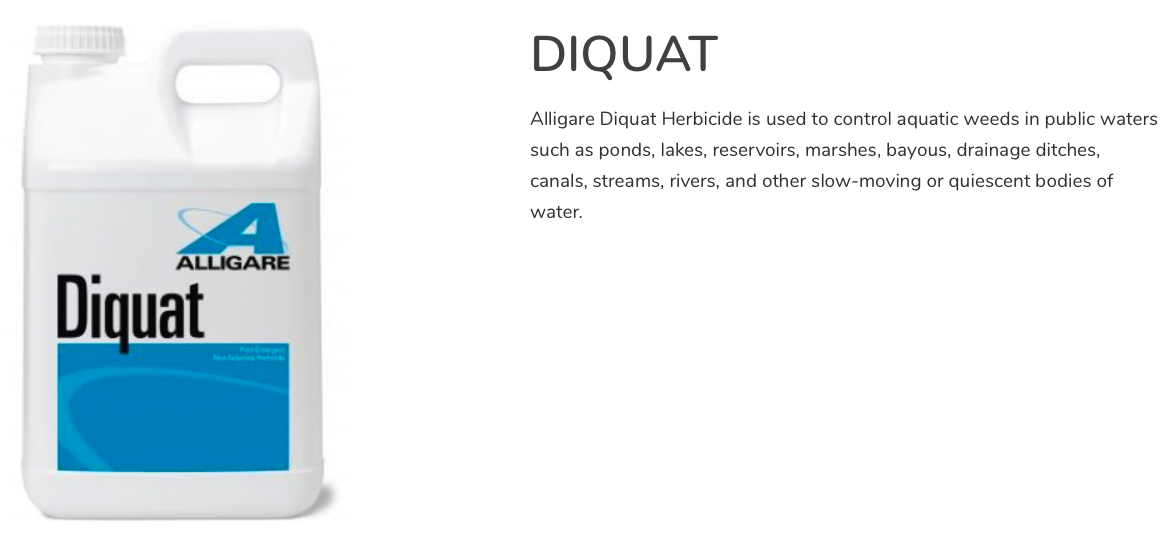




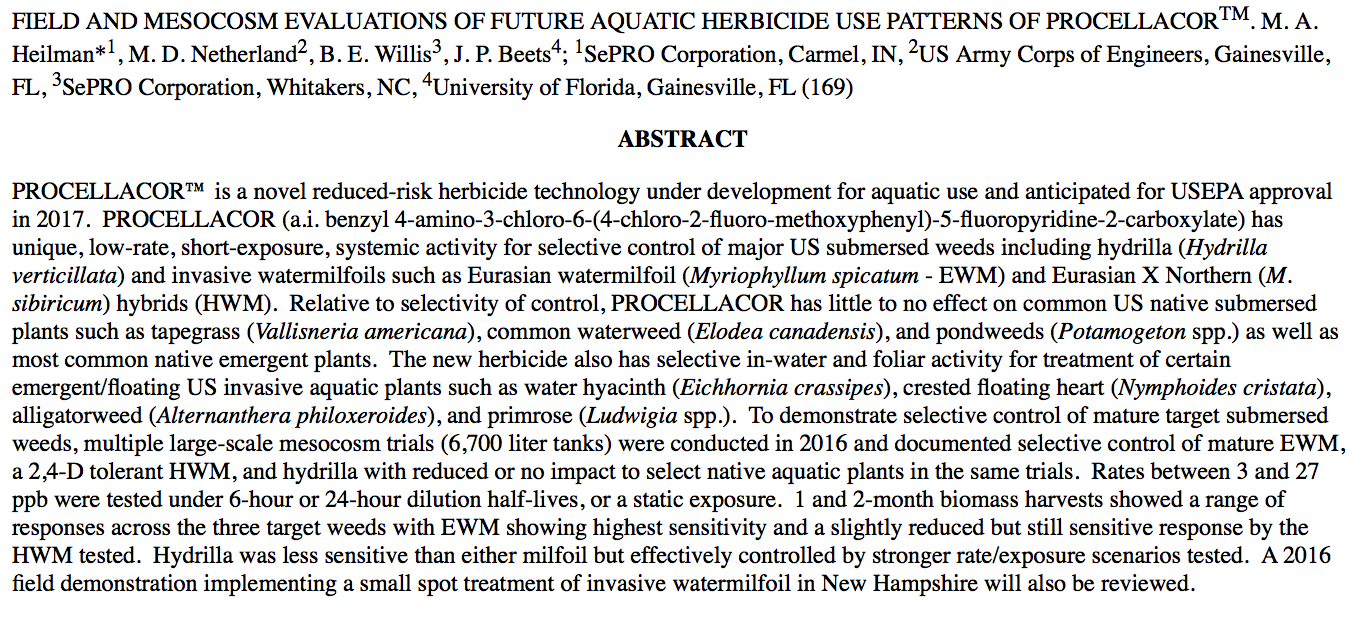
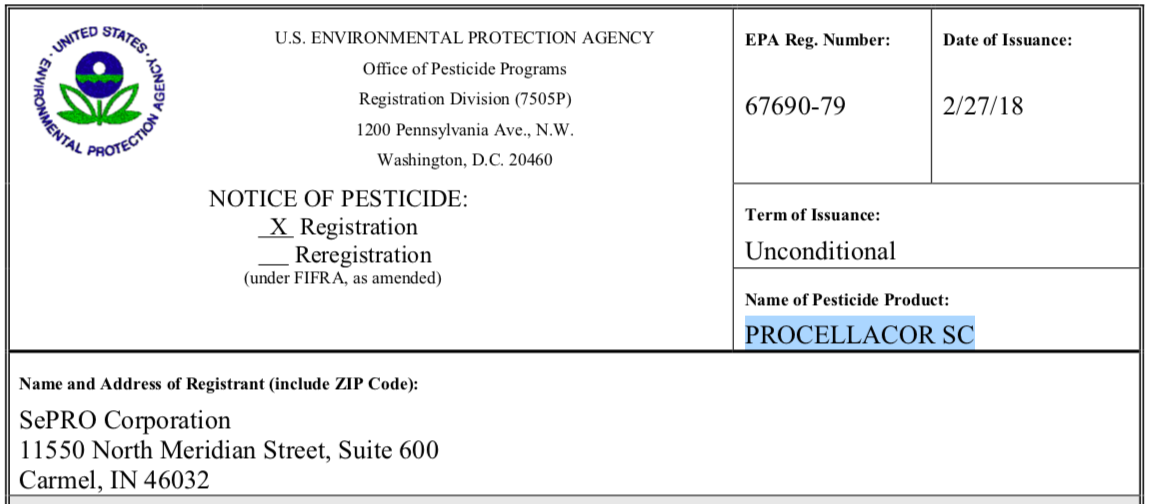
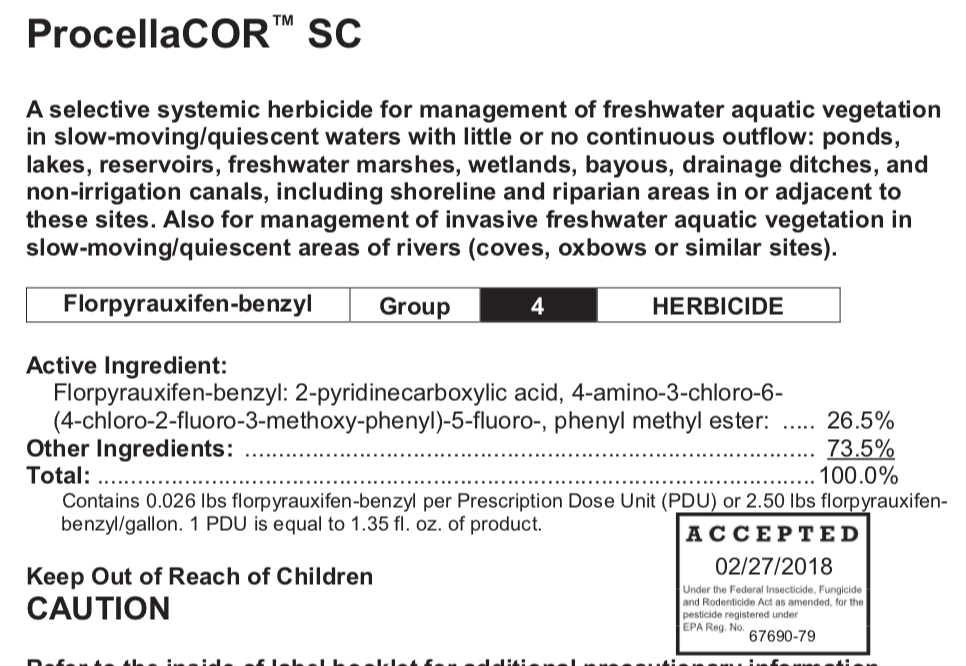
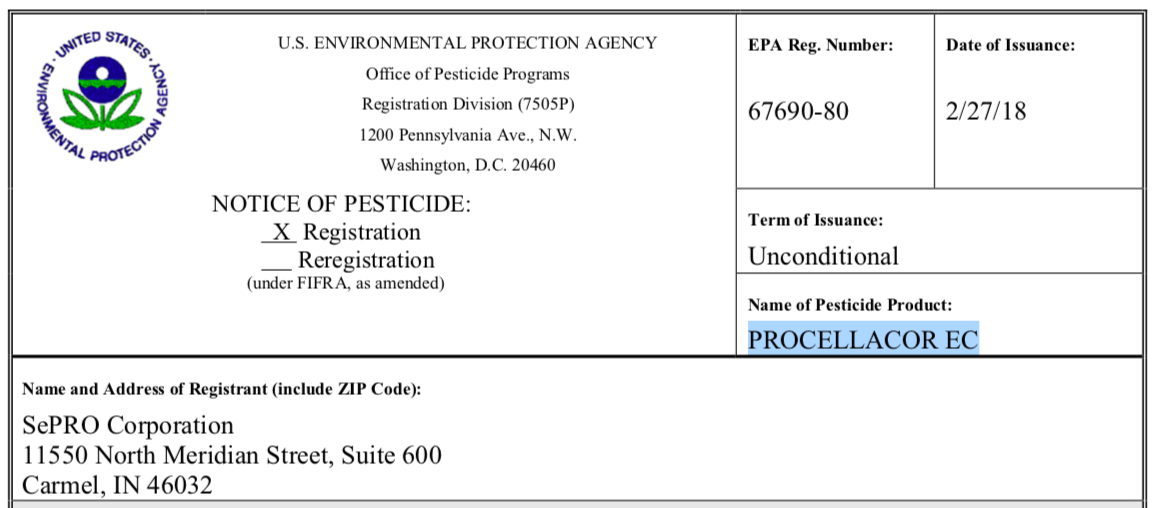
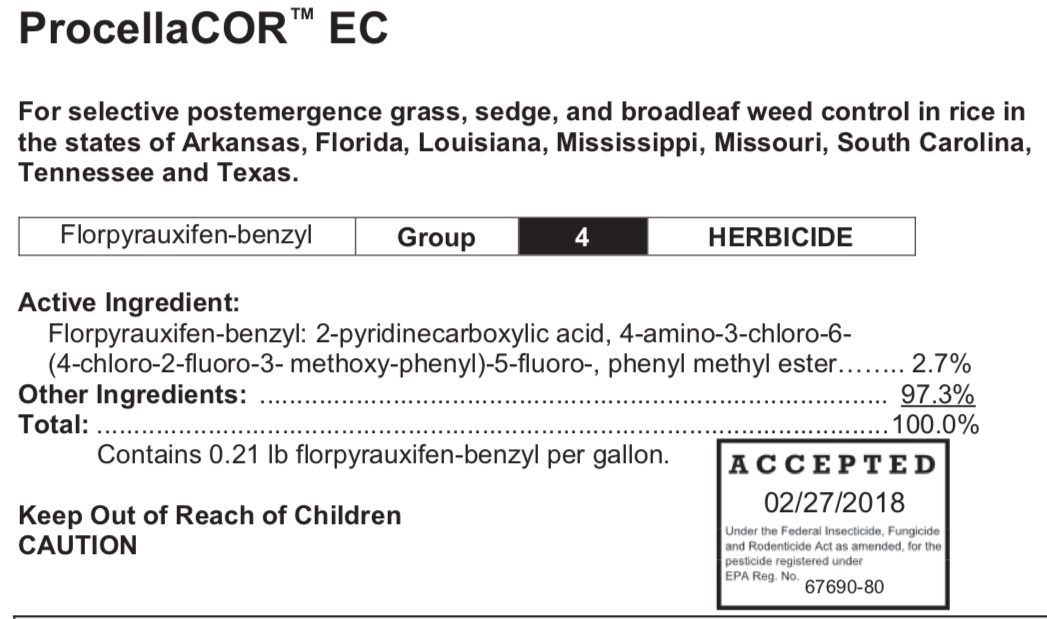









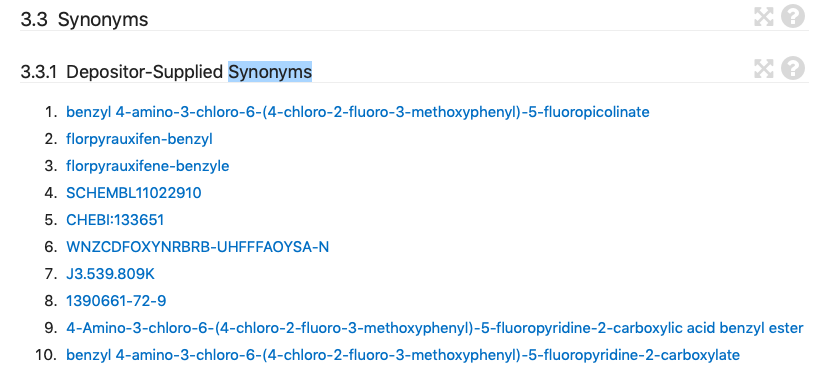

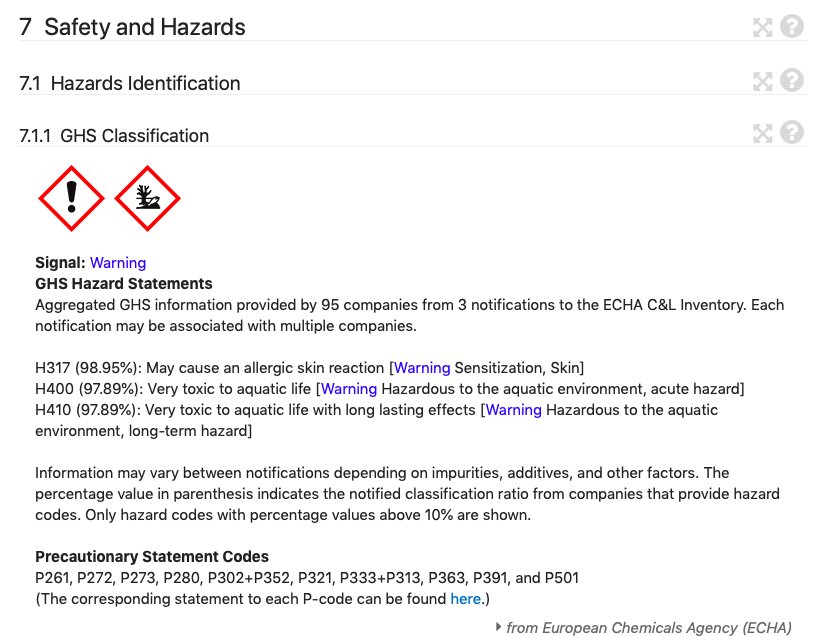



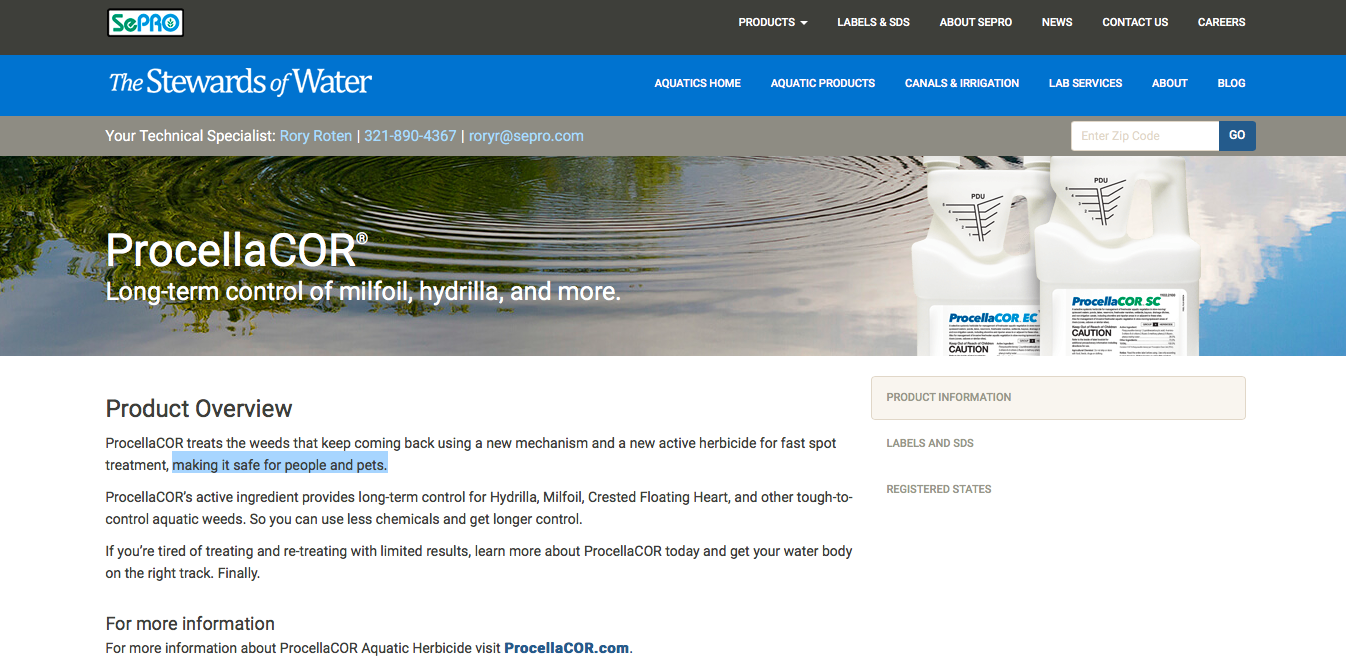
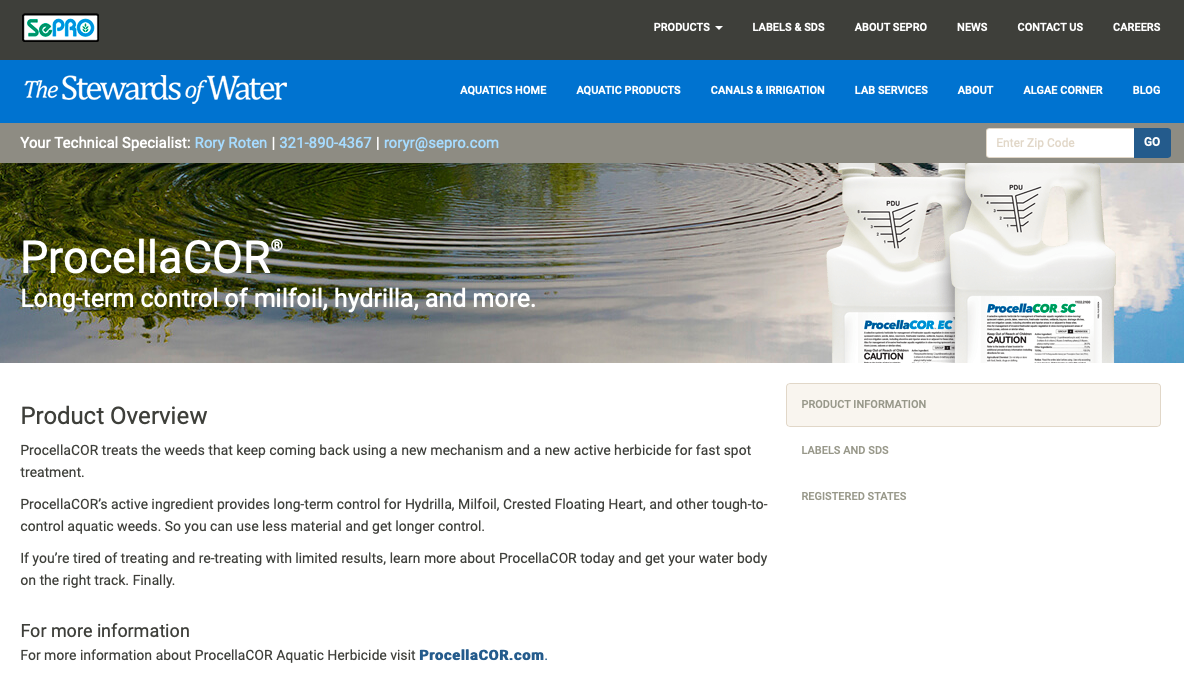
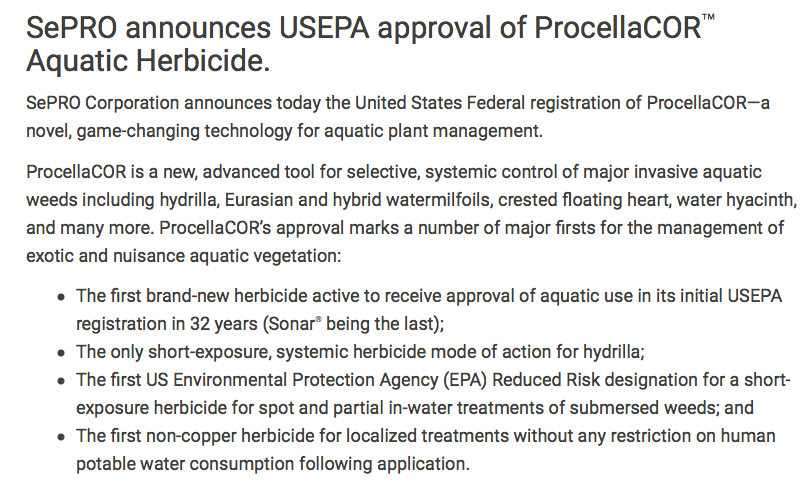
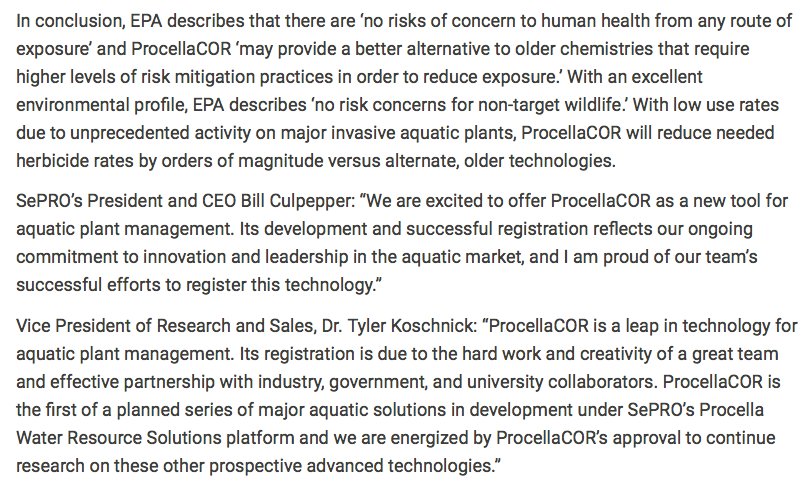

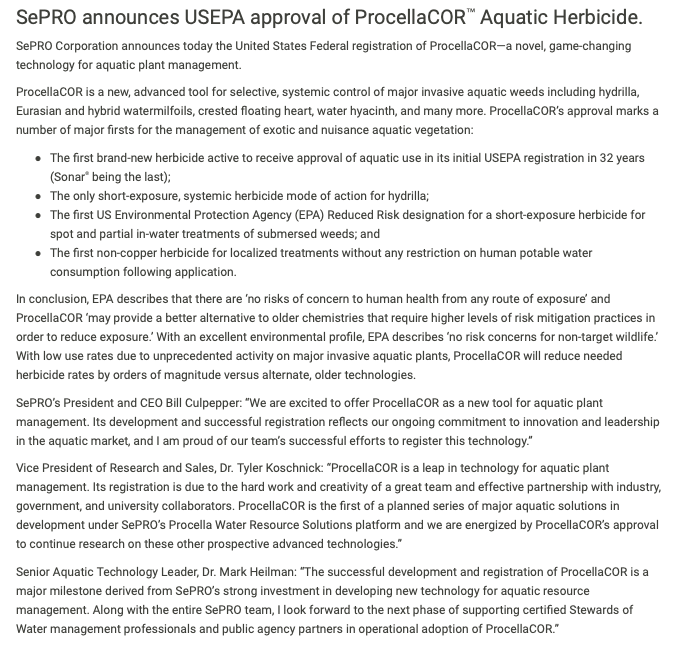
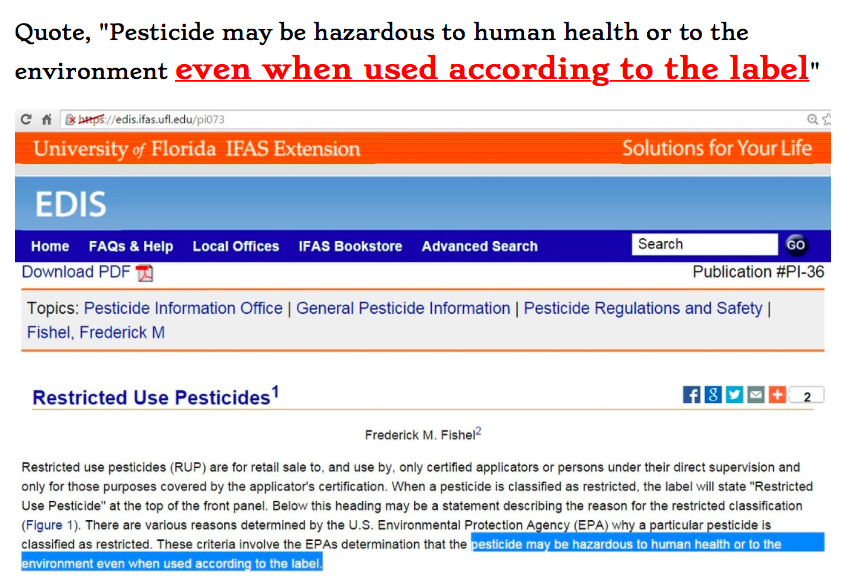

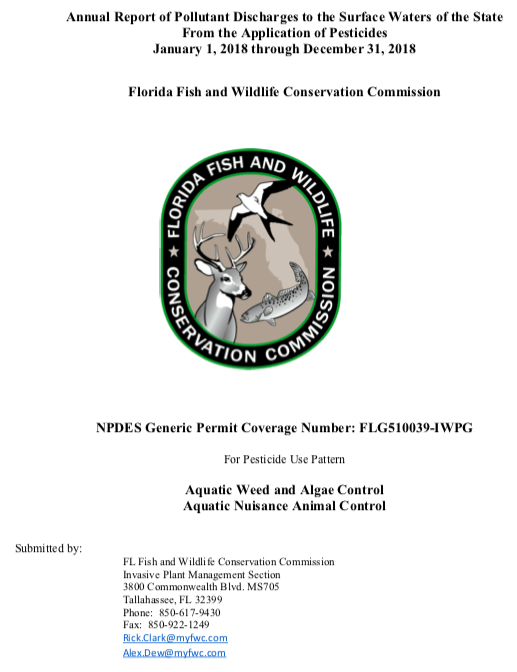
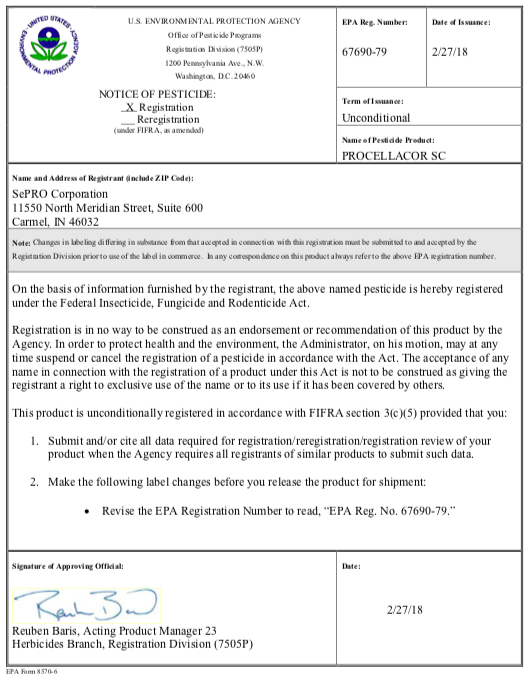









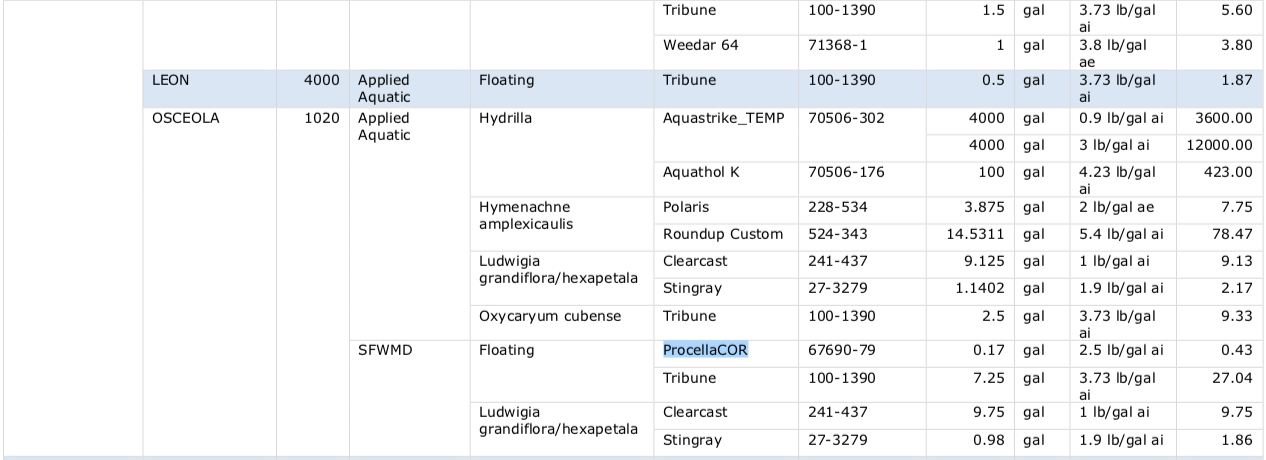

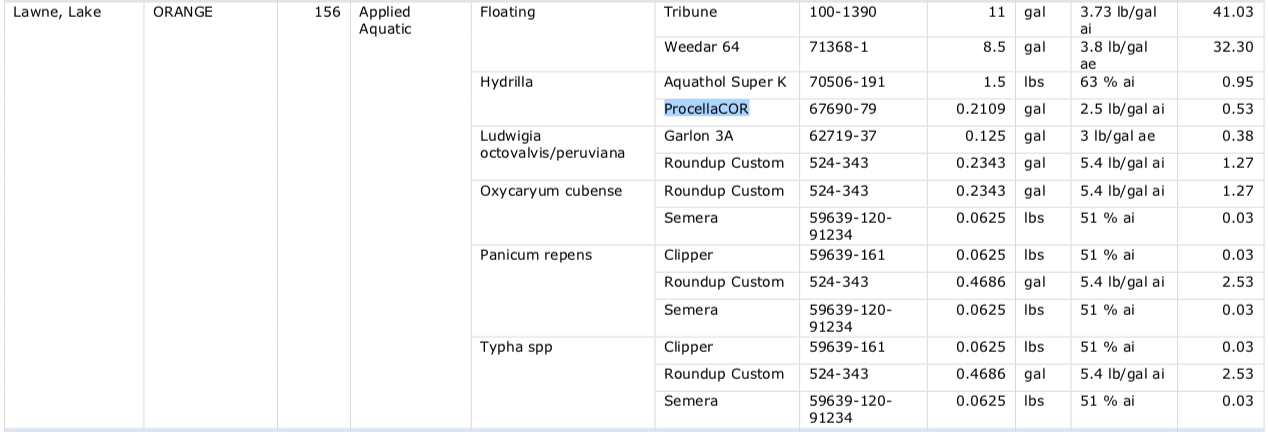

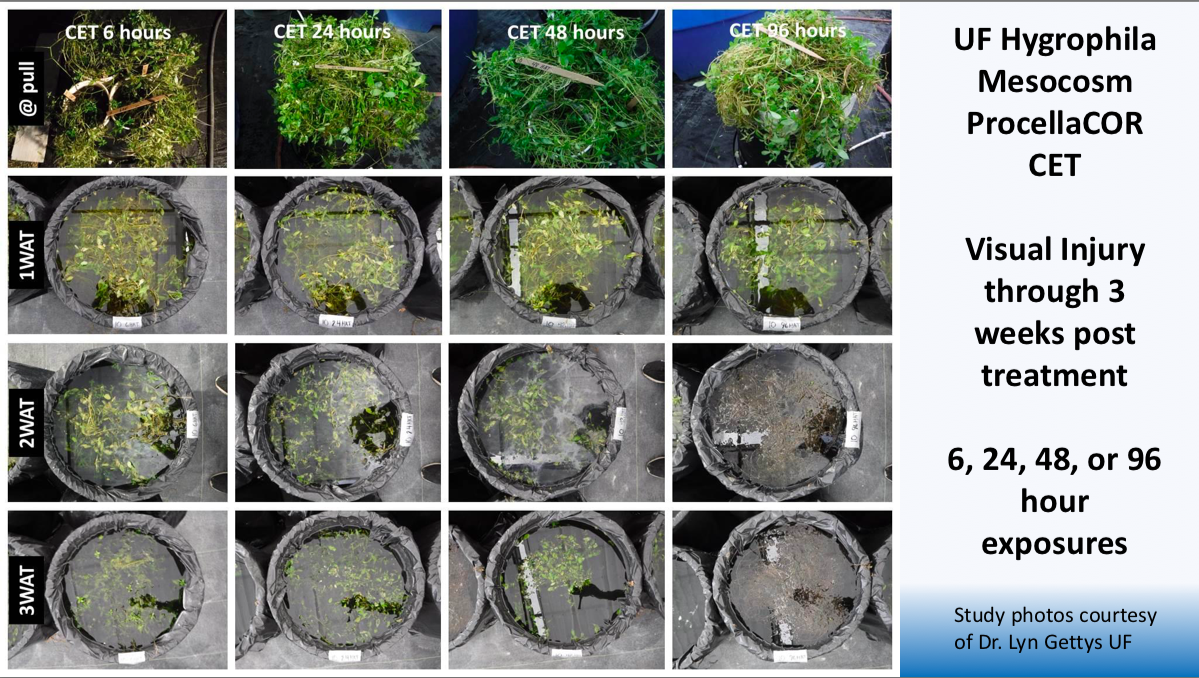
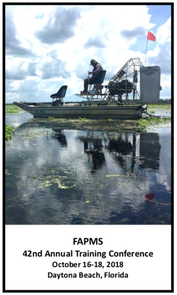
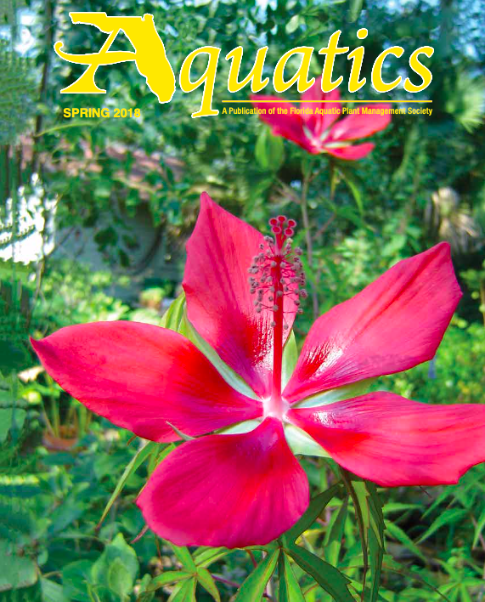
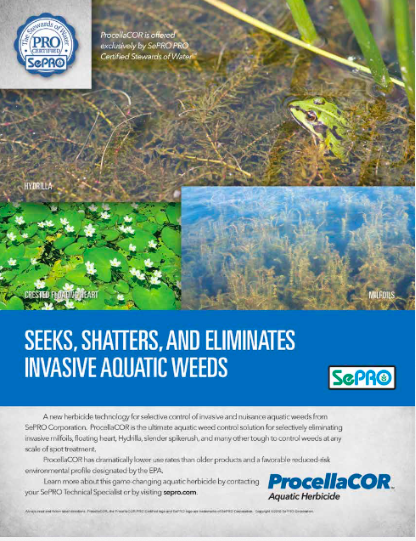


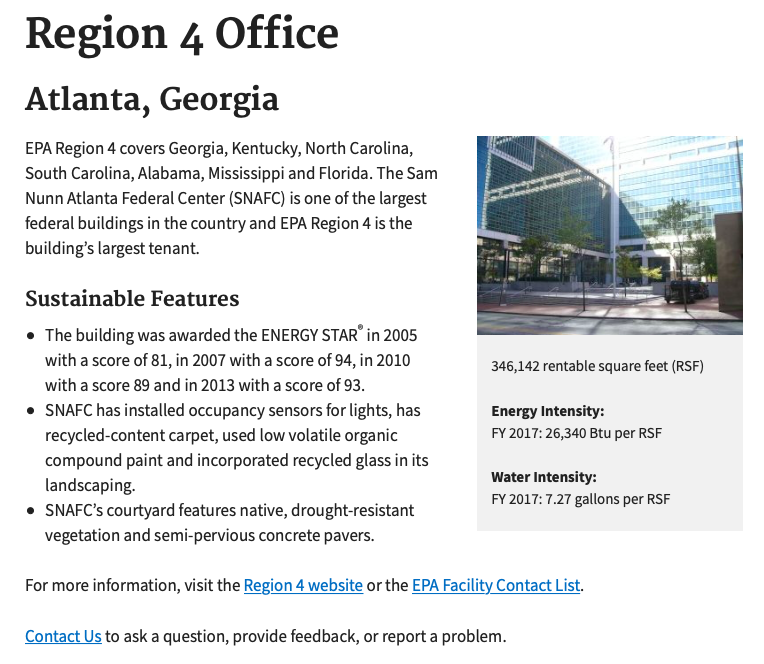
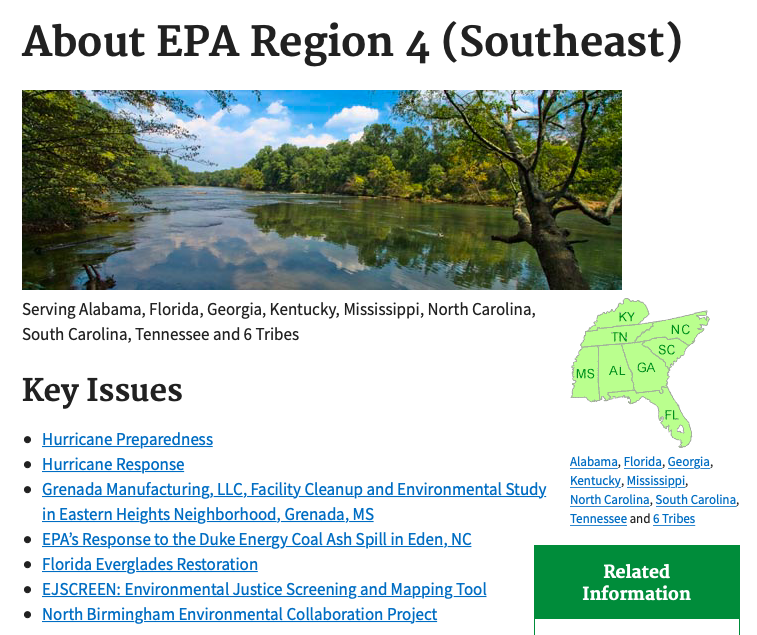
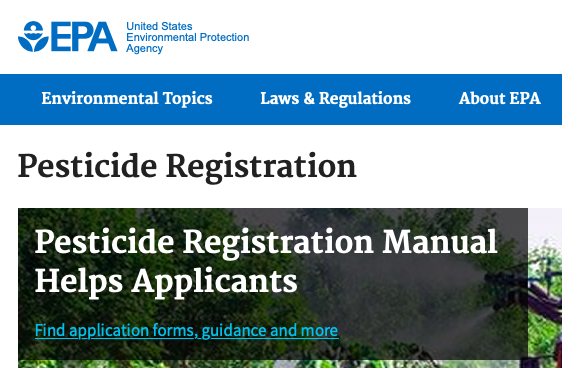
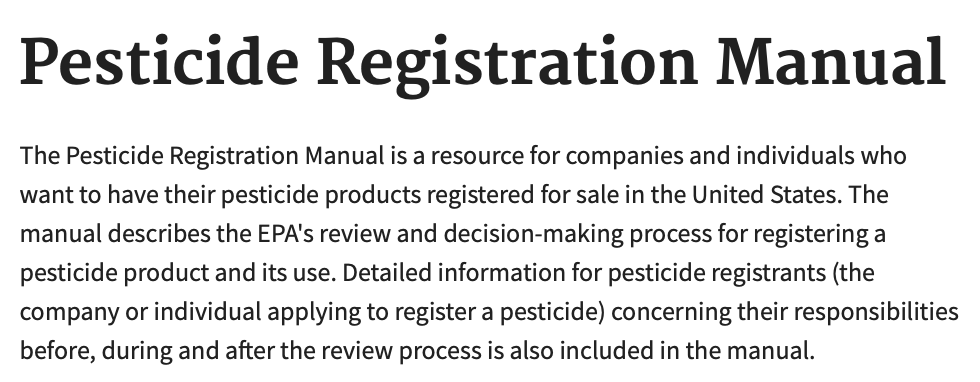
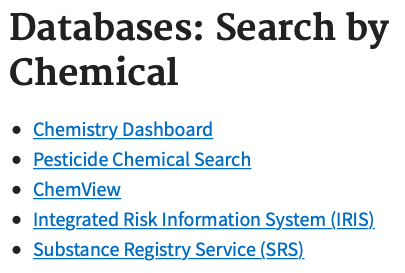
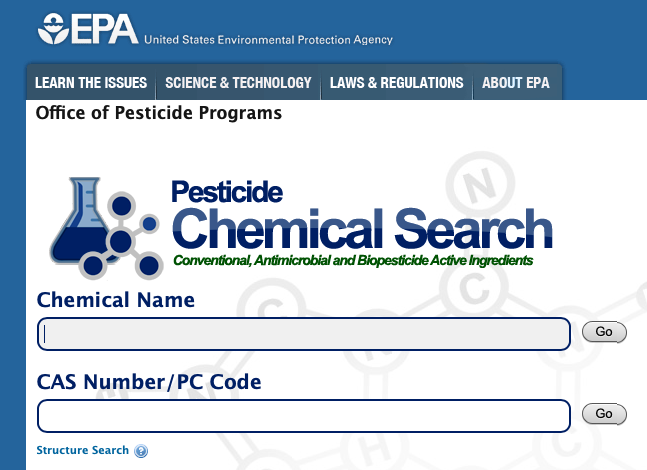
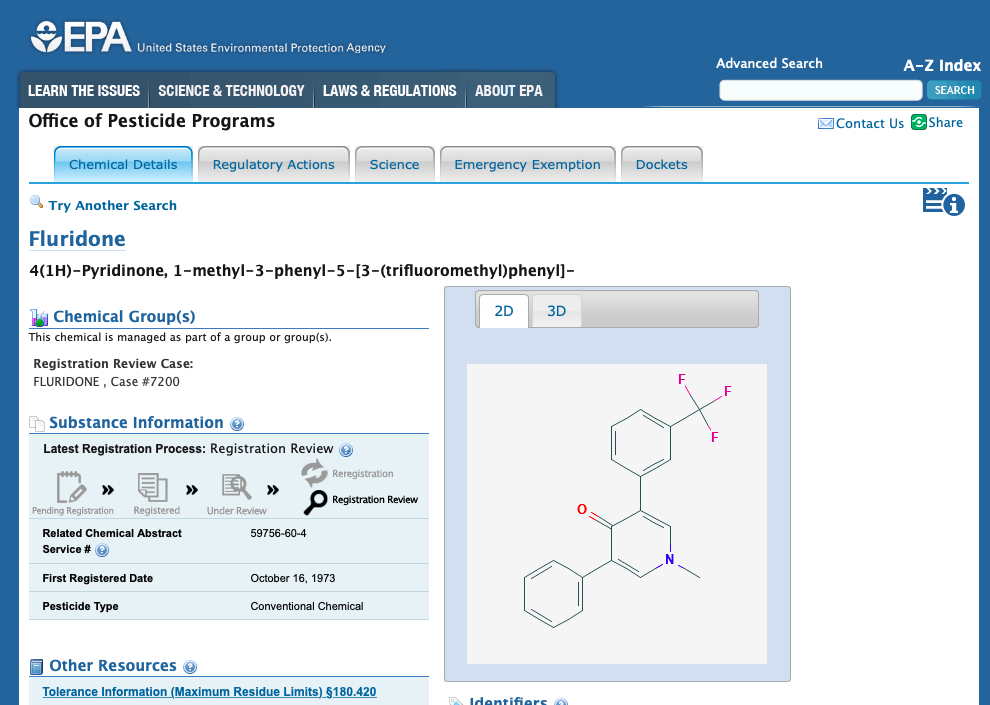
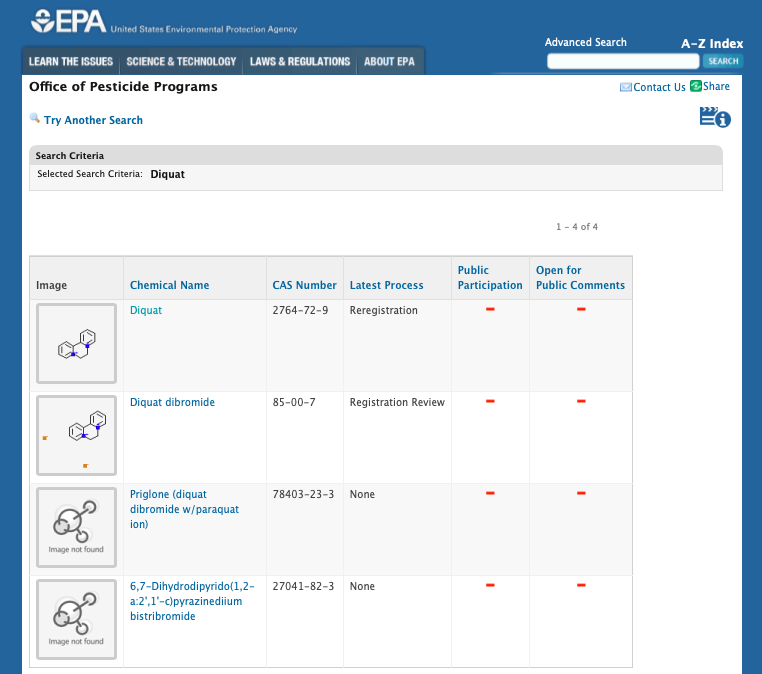
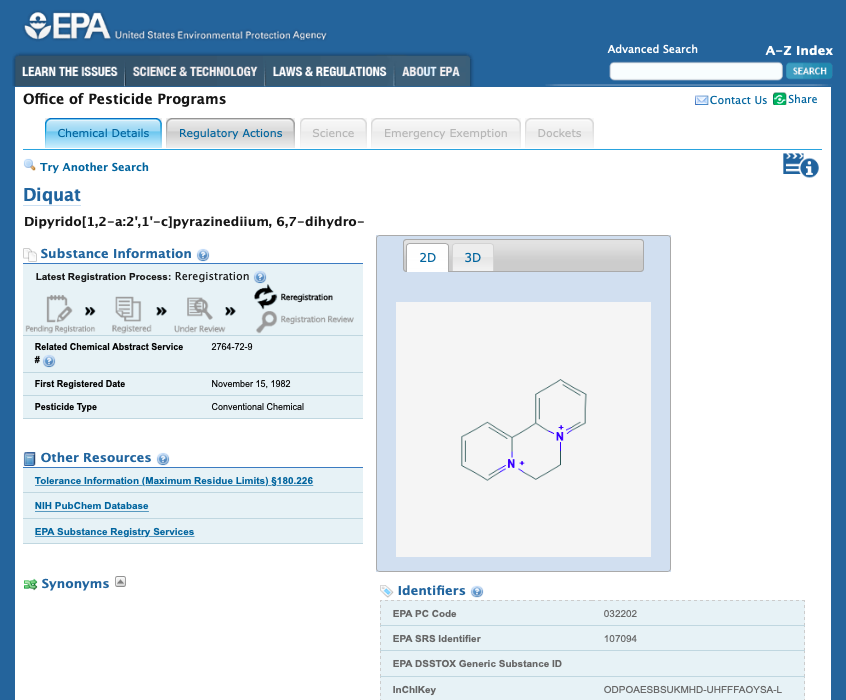
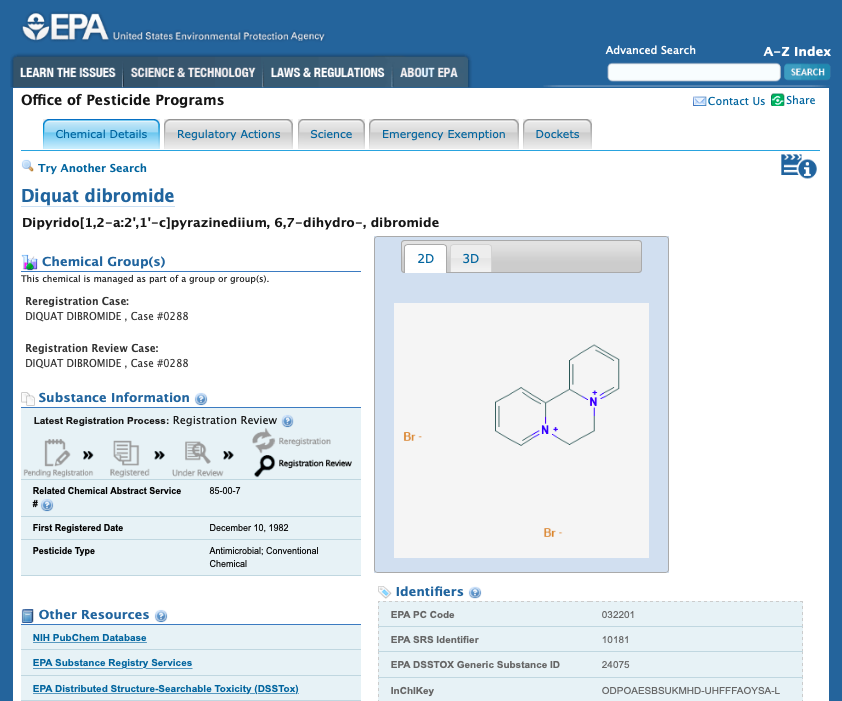
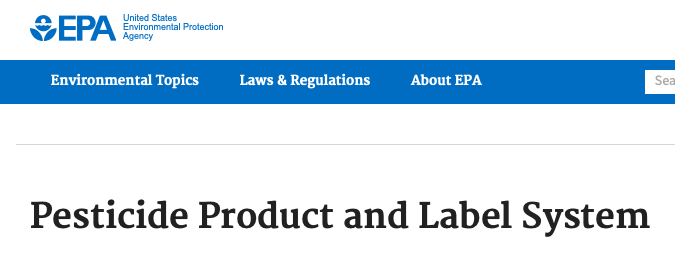
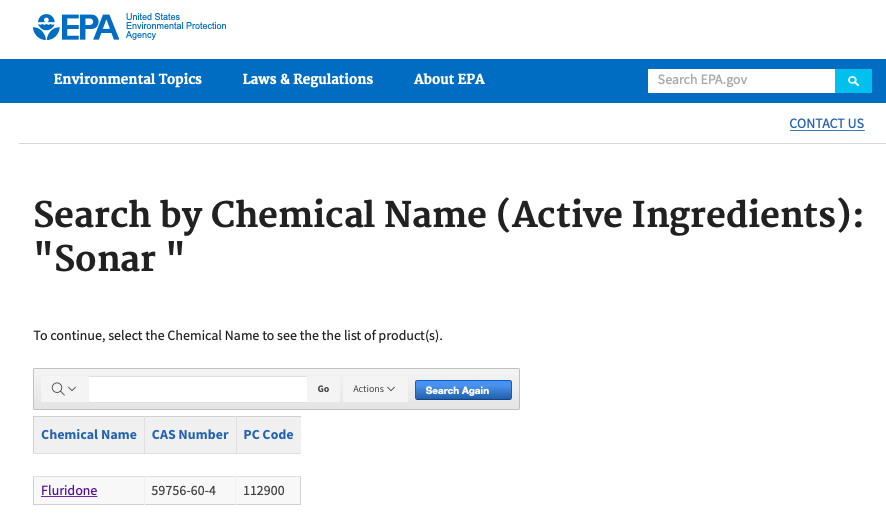
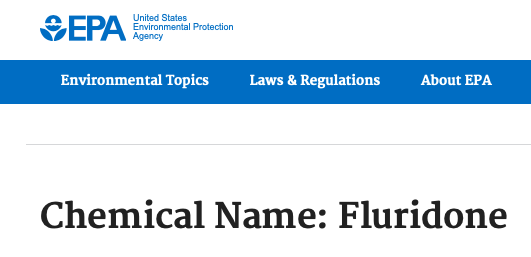
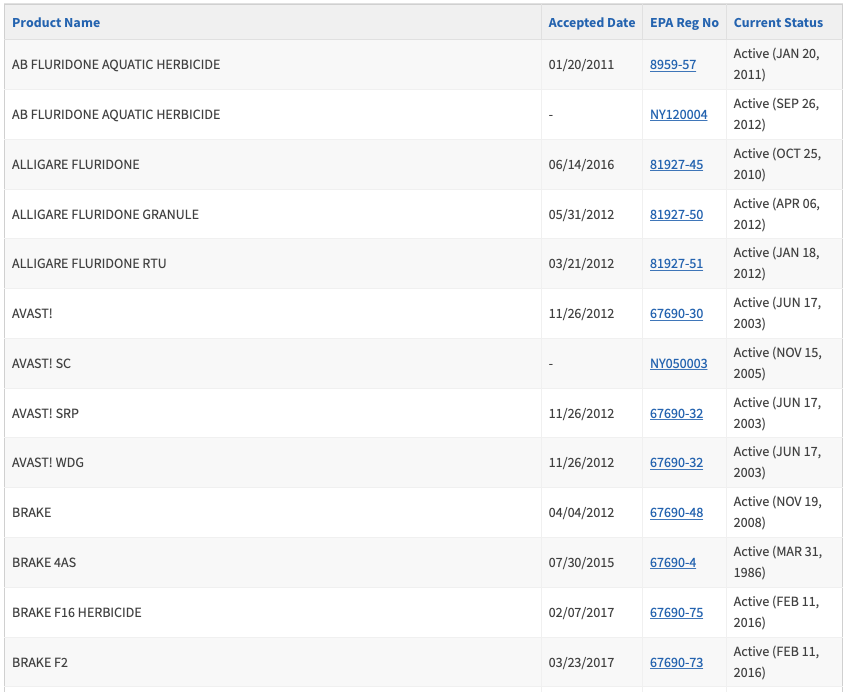
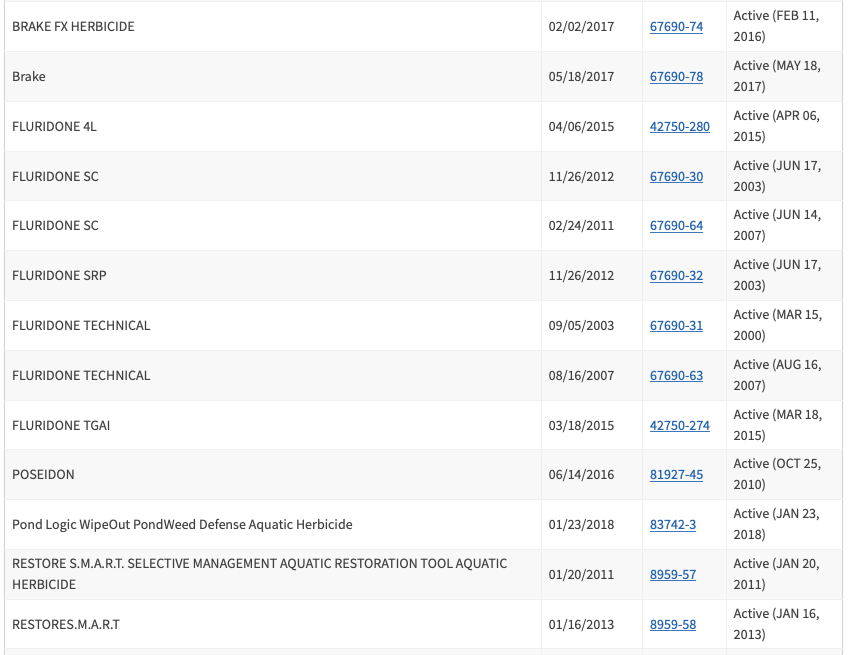
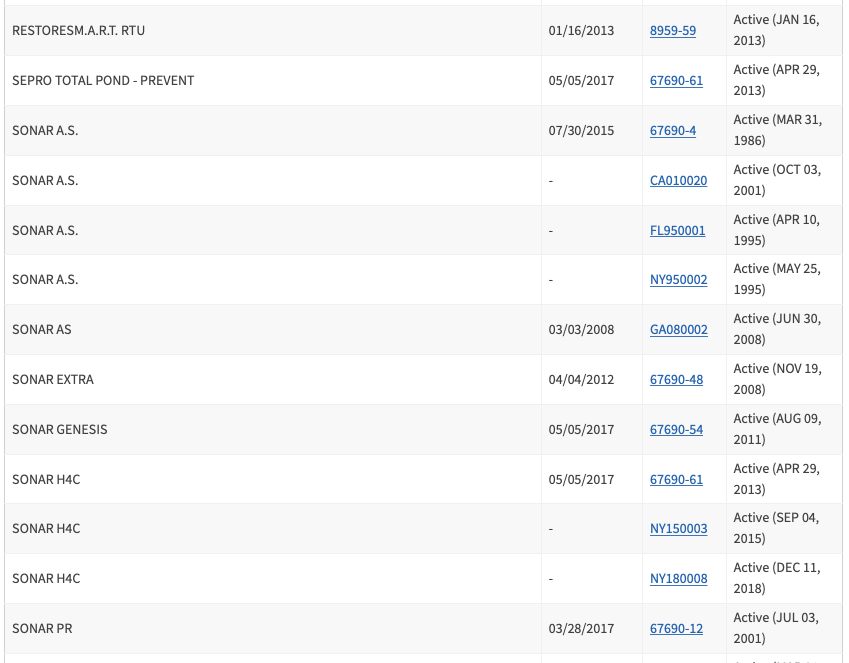
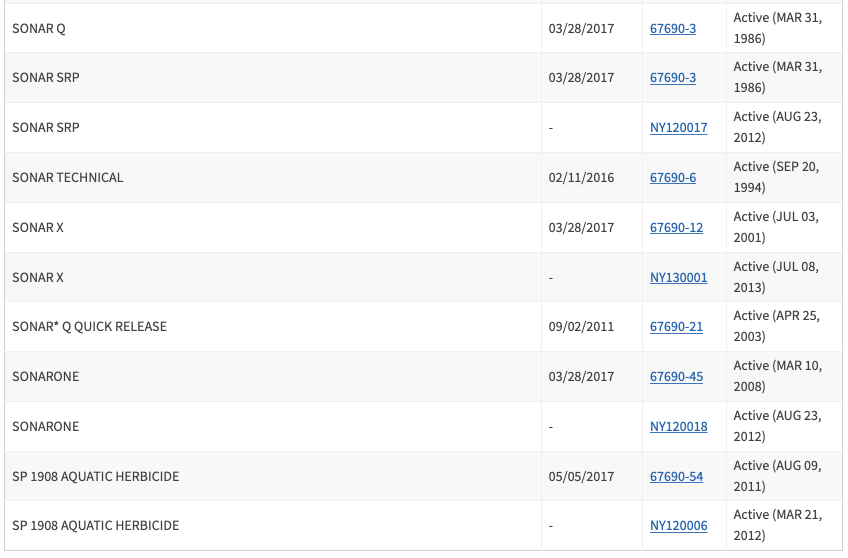
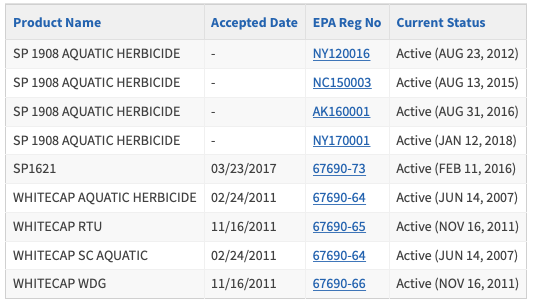
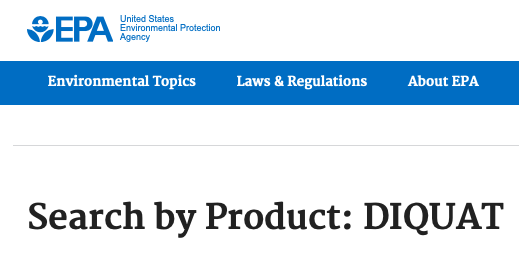
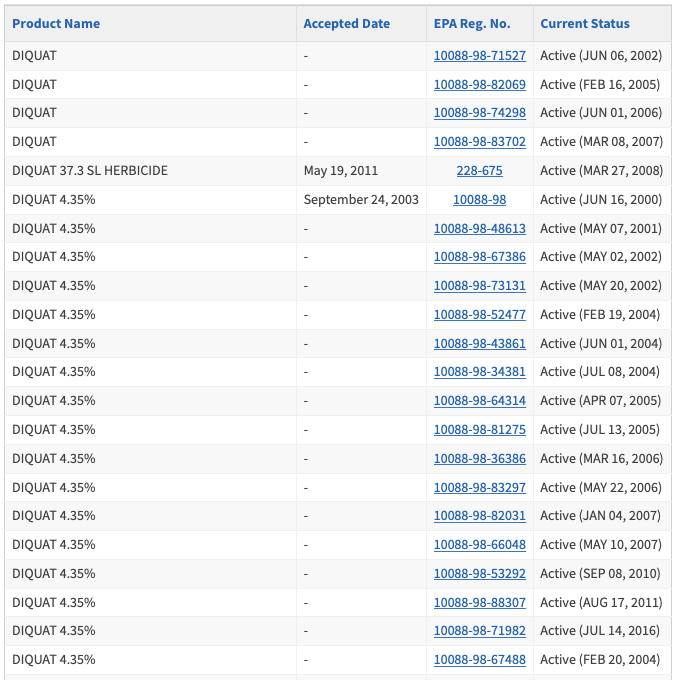
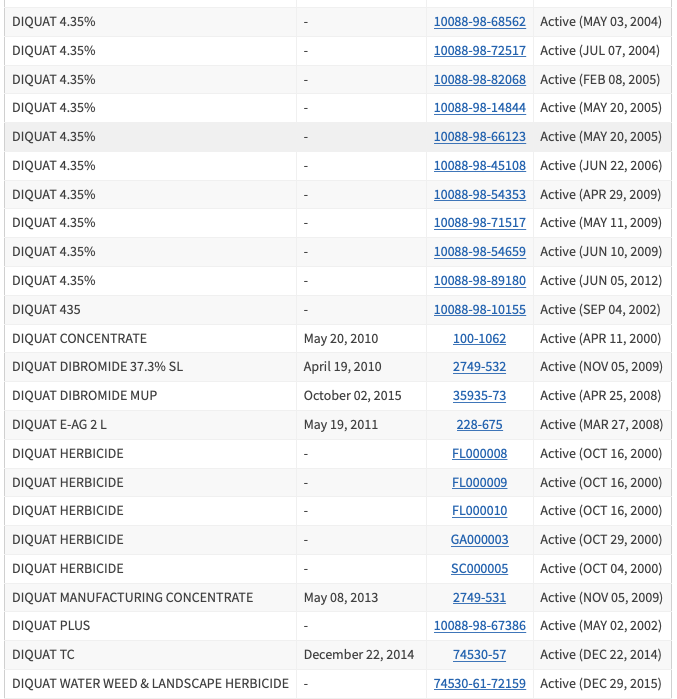

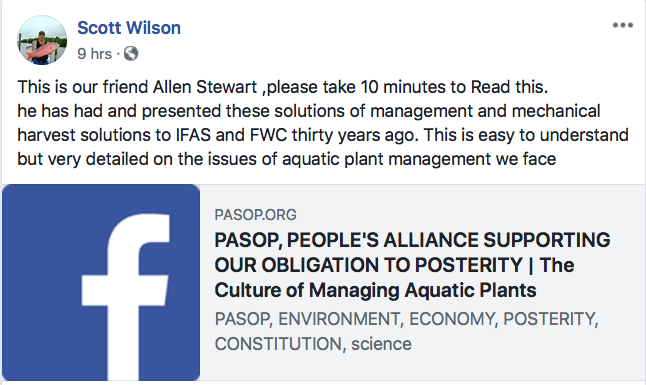
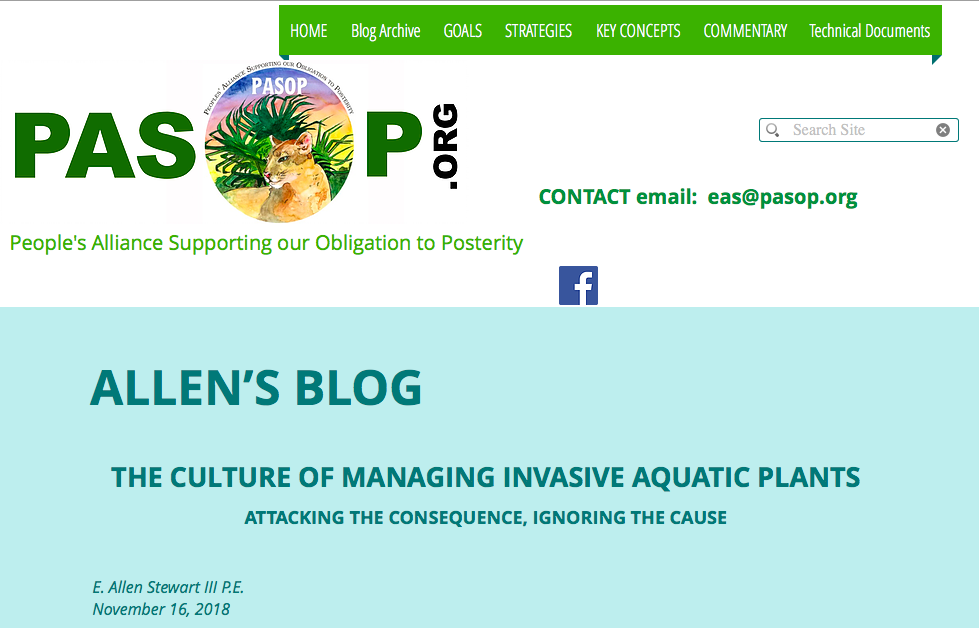
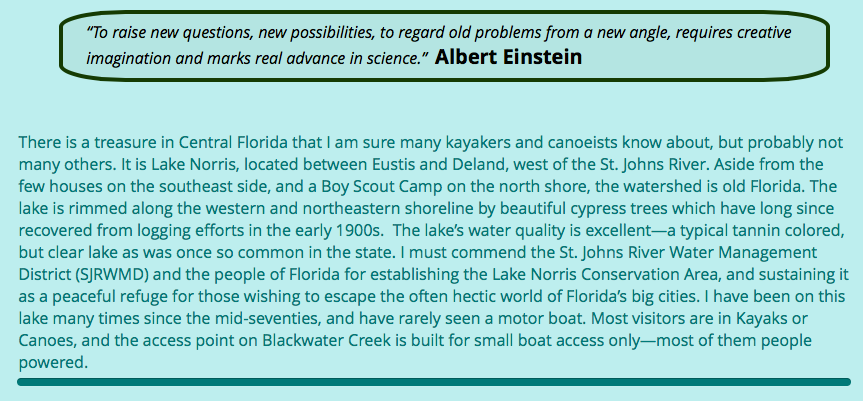
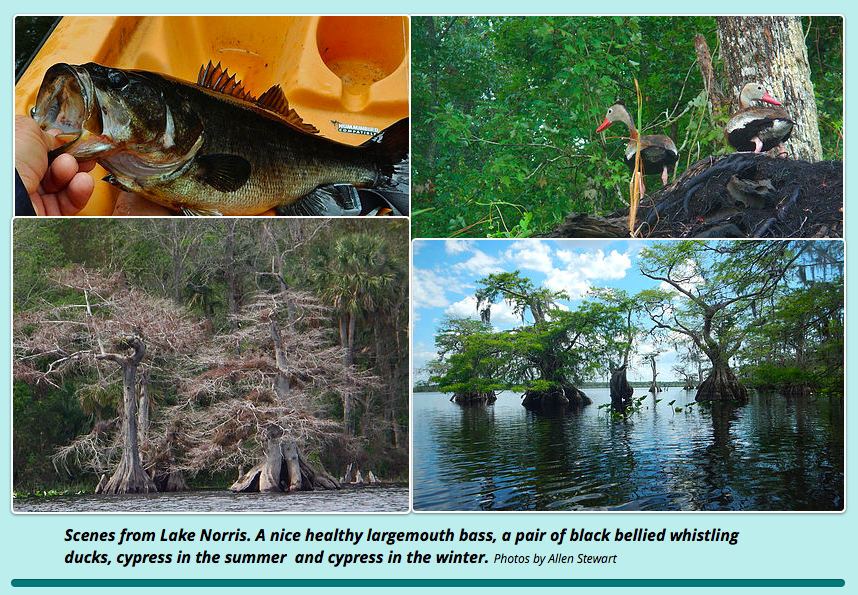

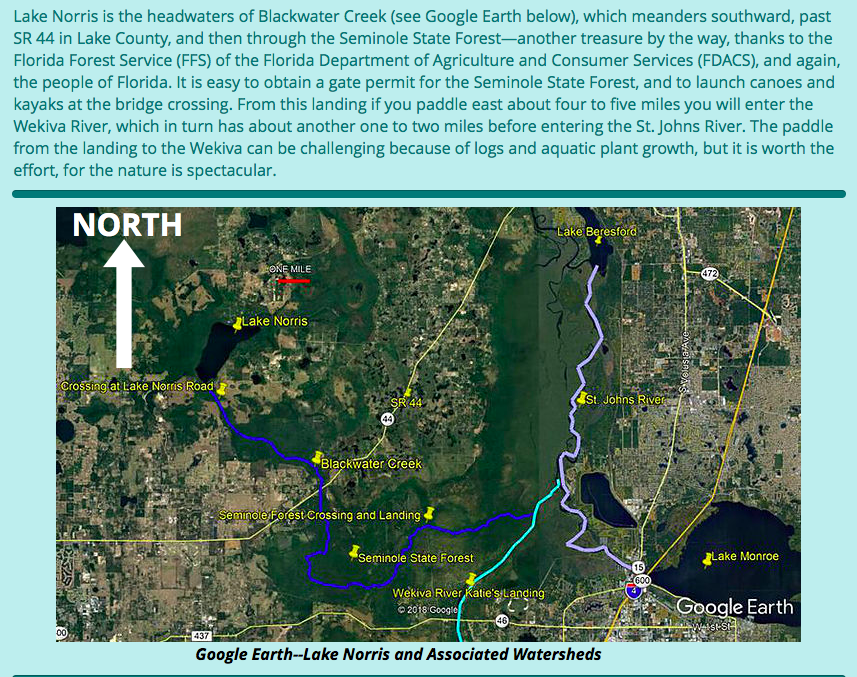
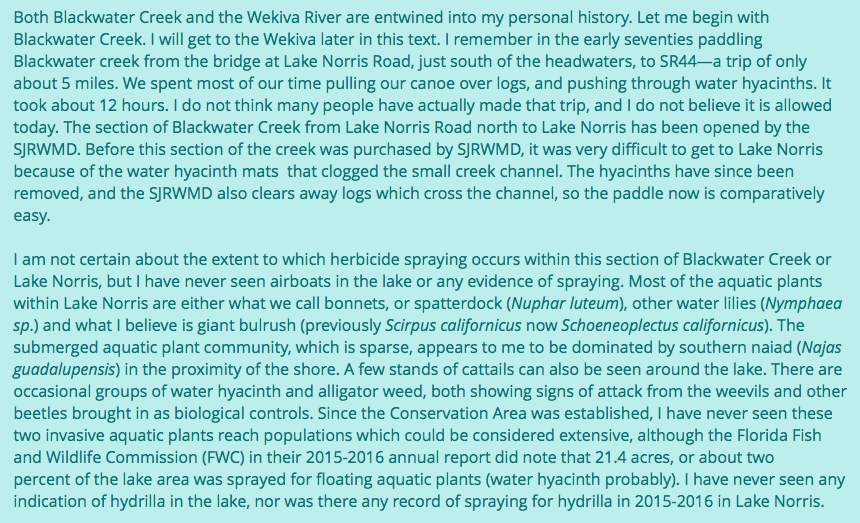
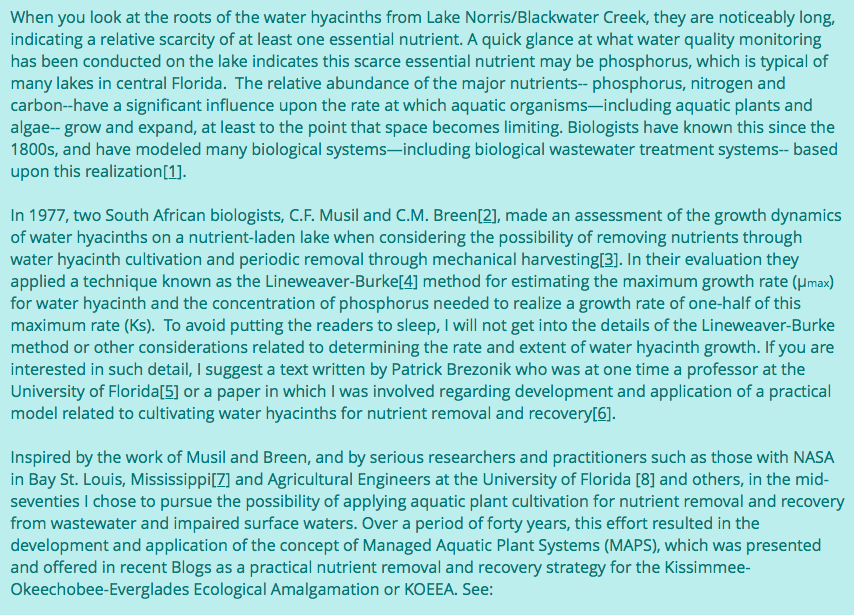



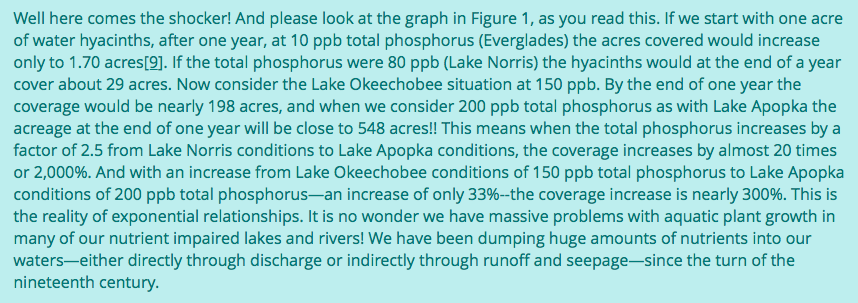
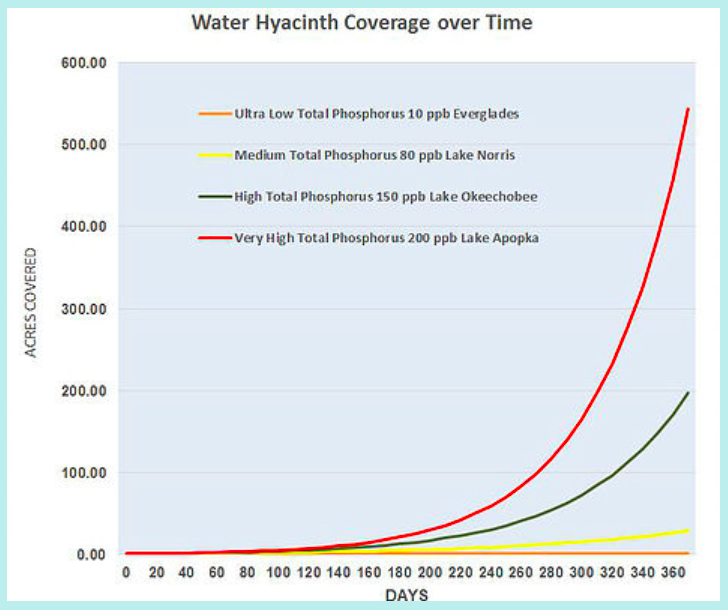
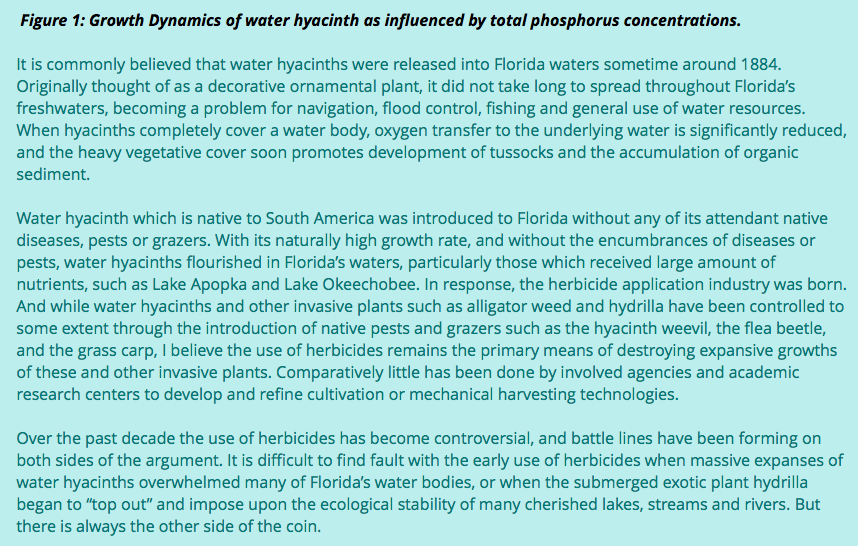
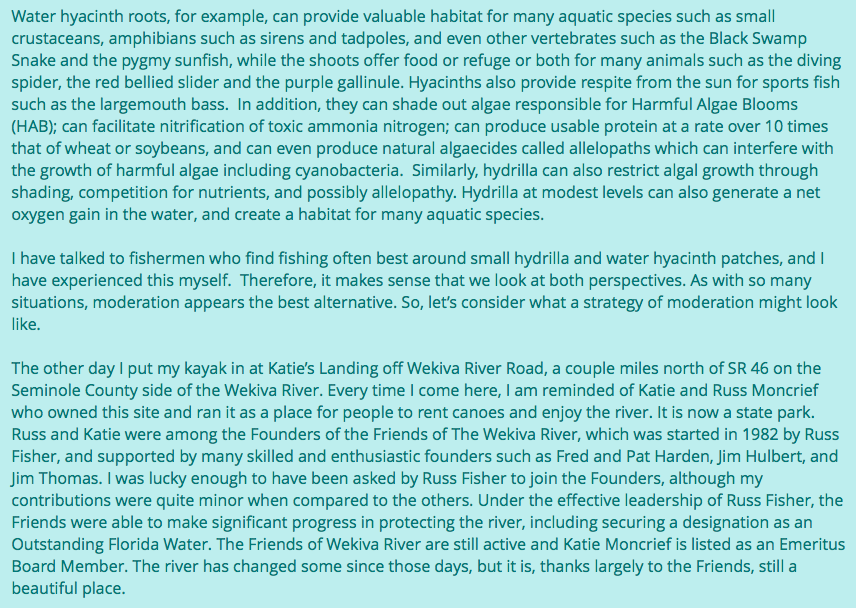

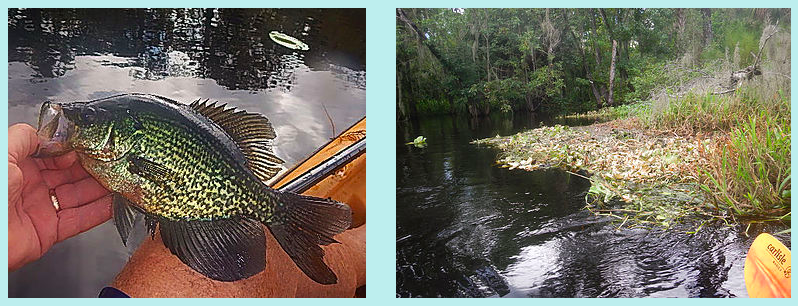
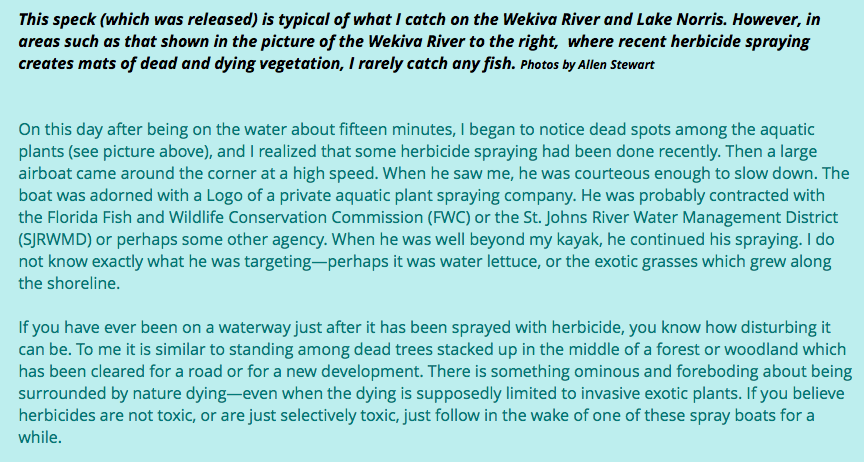
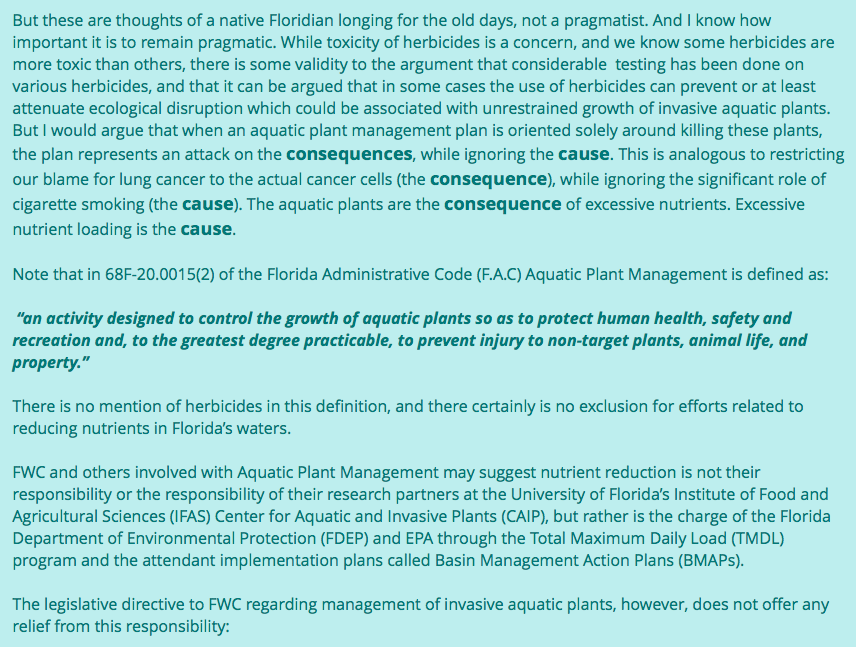

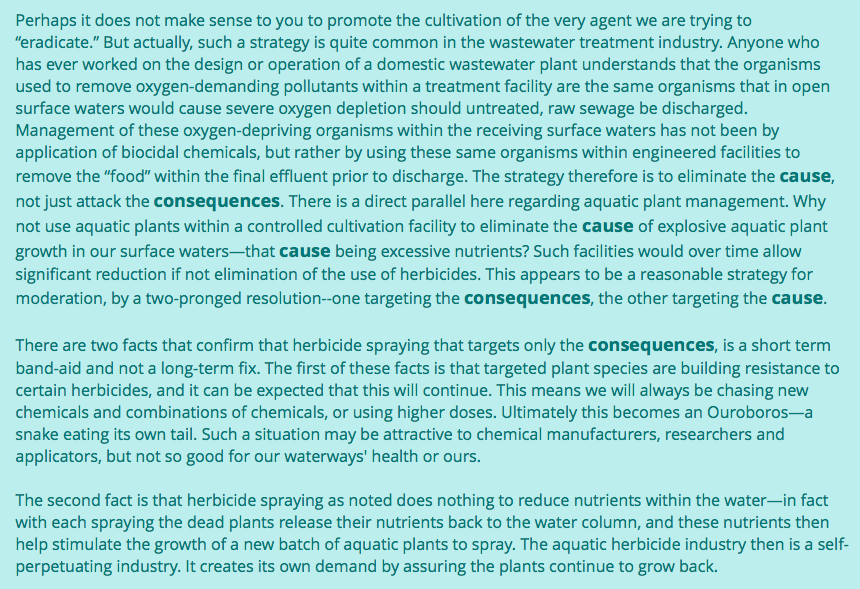

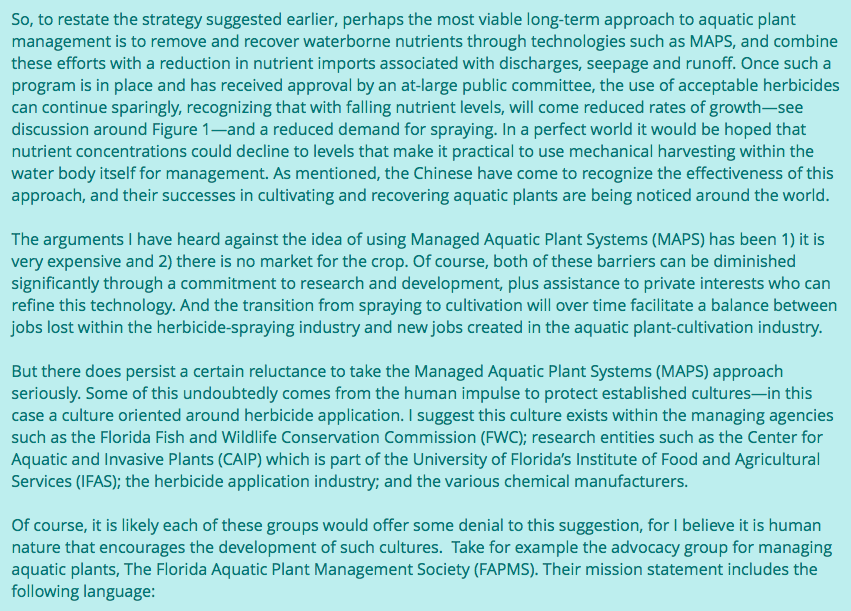

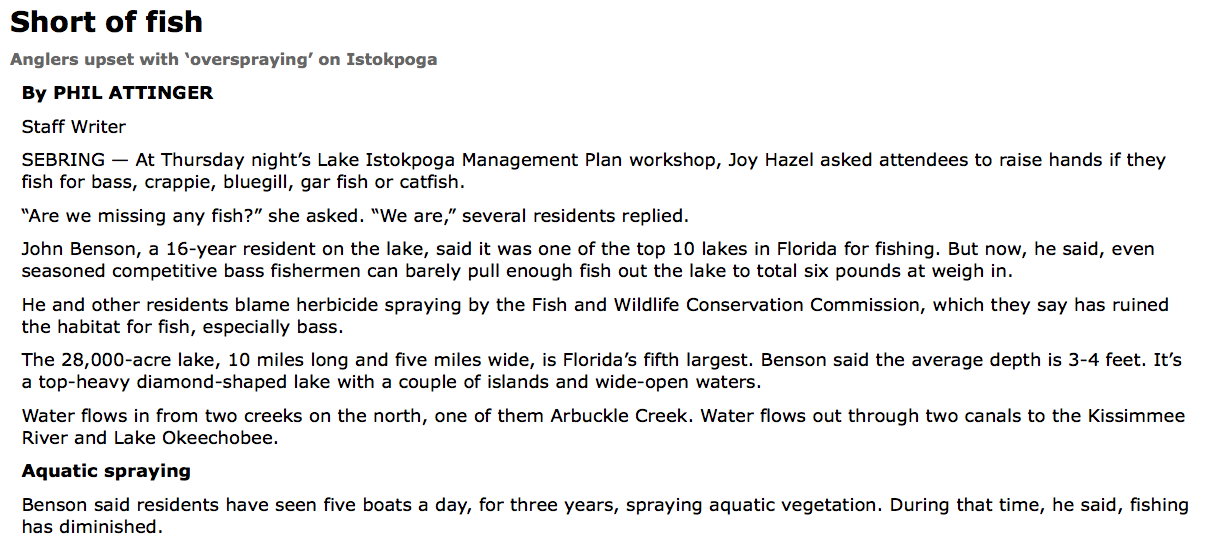
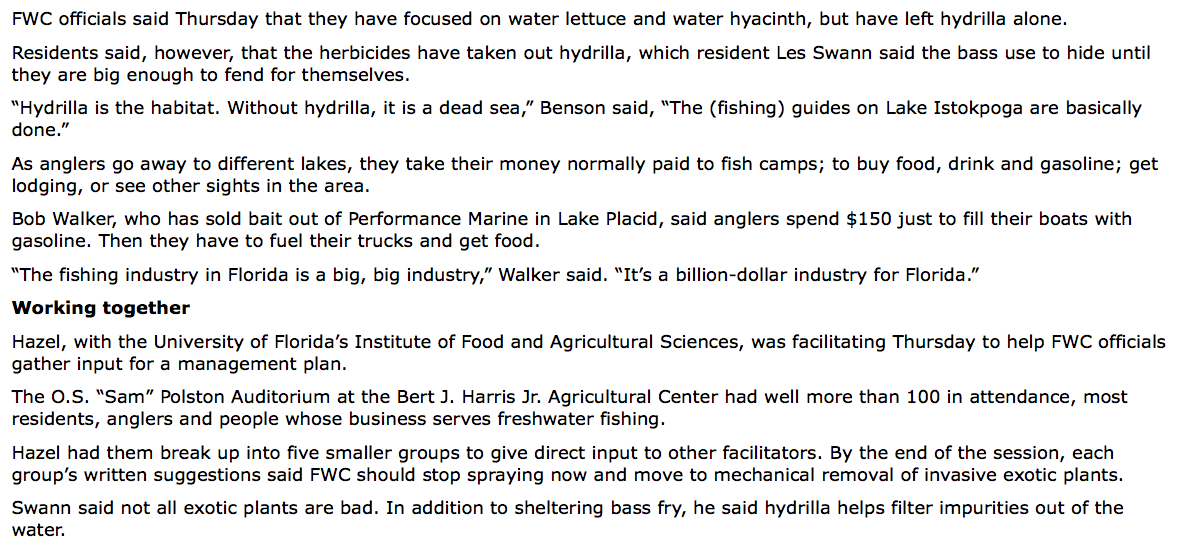
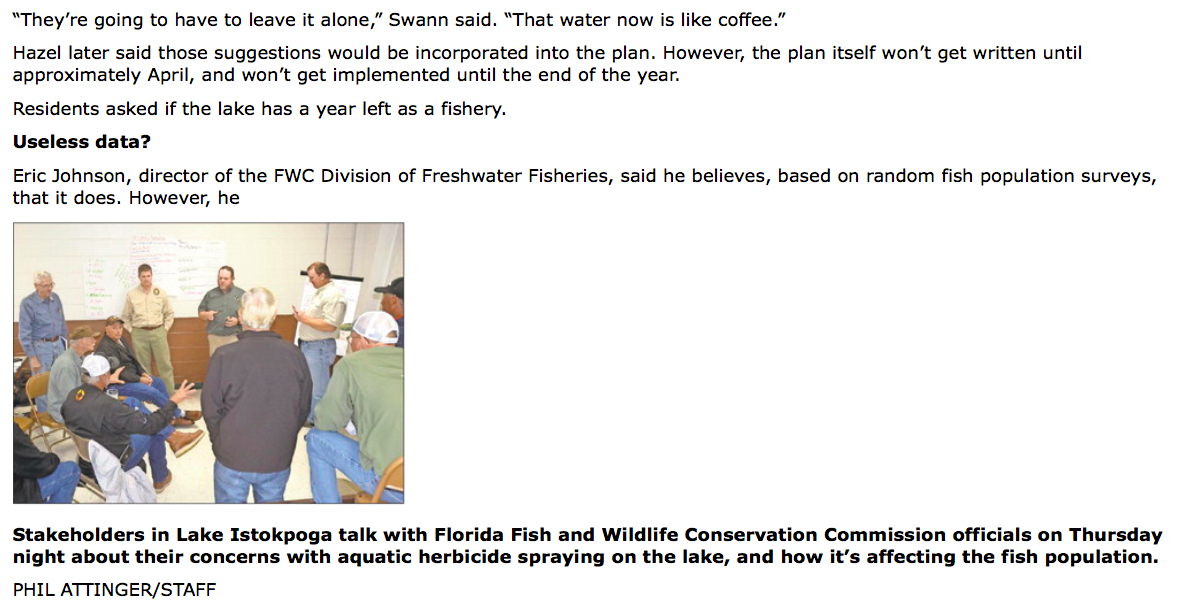
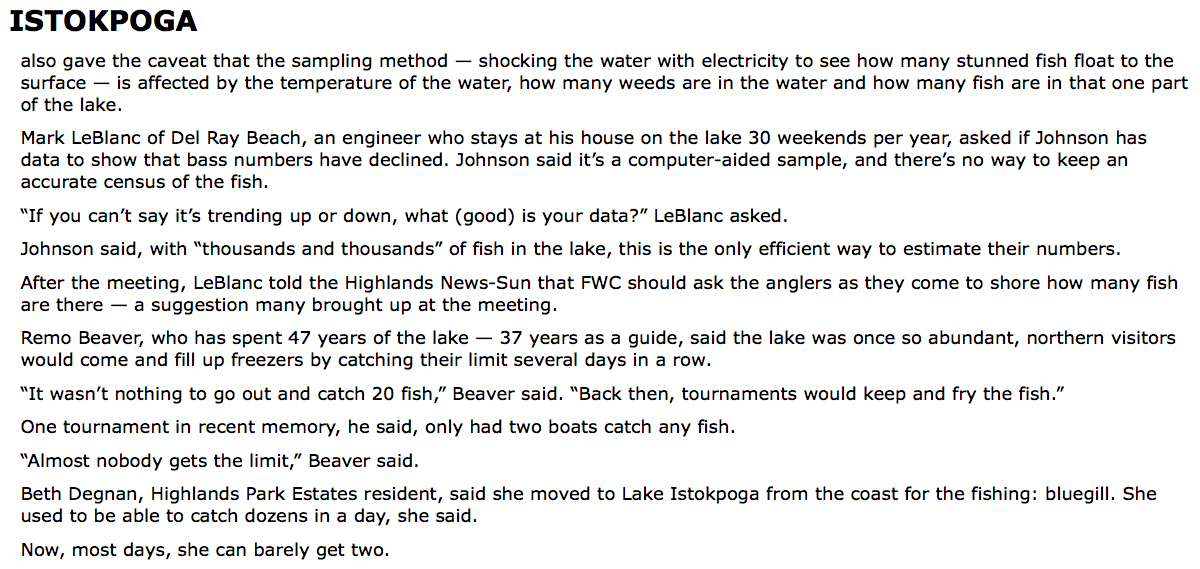
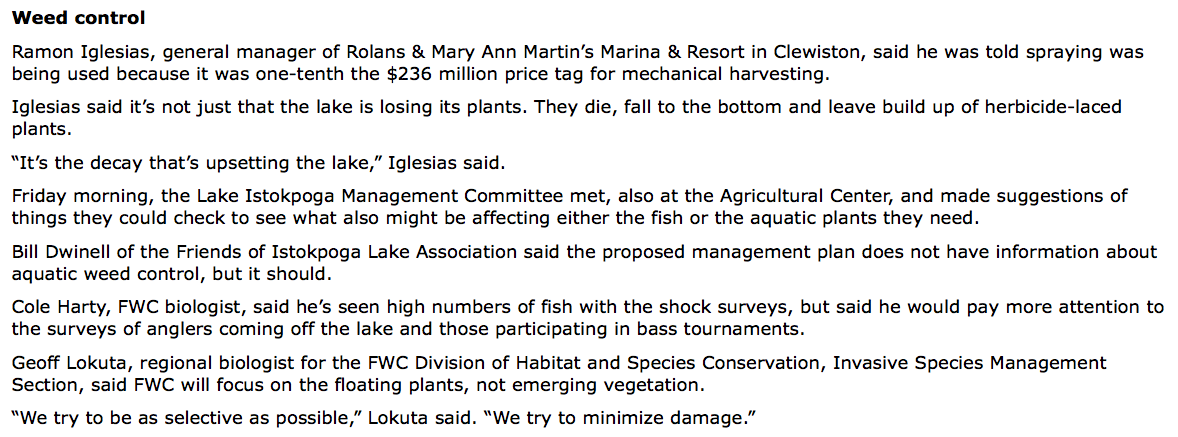
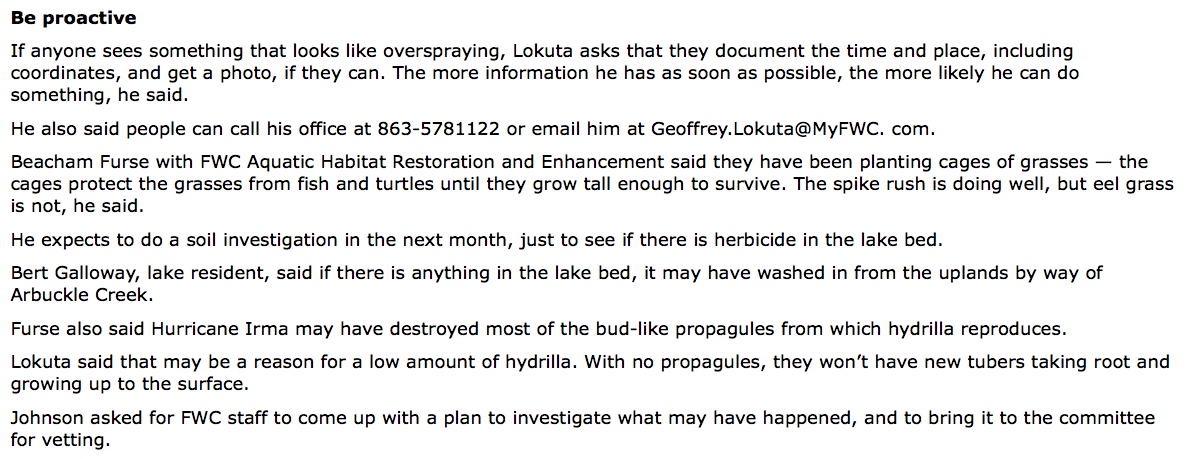
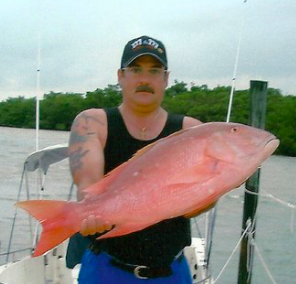
 RSS Feed
RSS Feed
